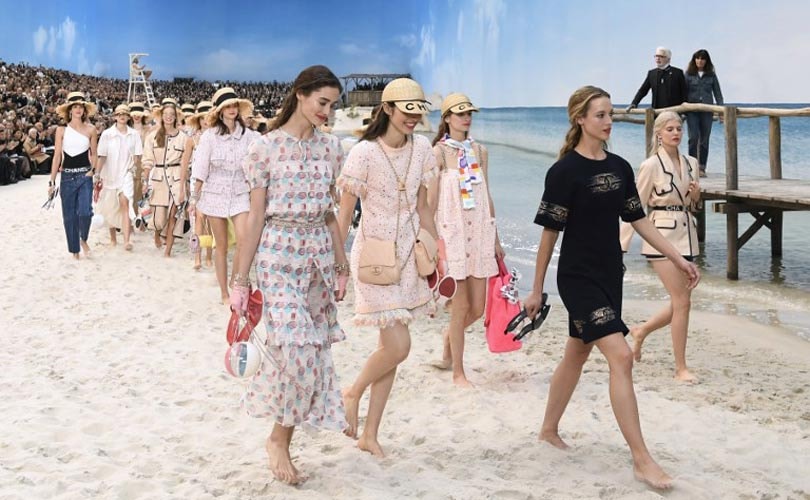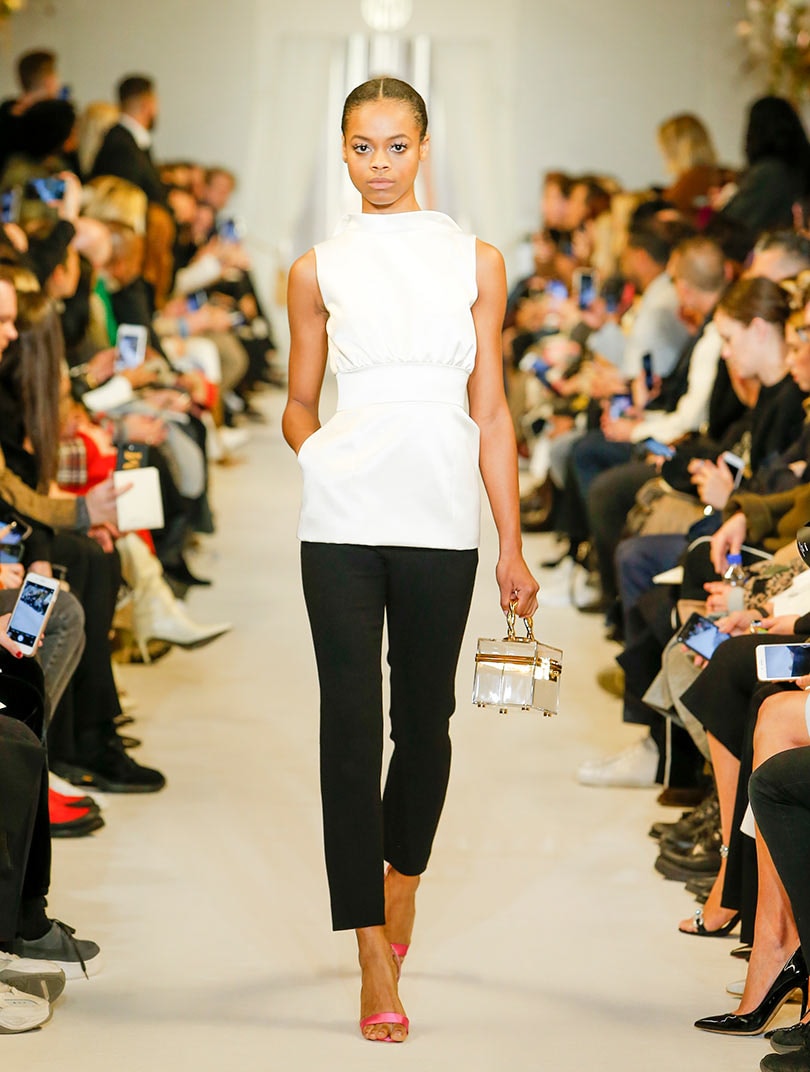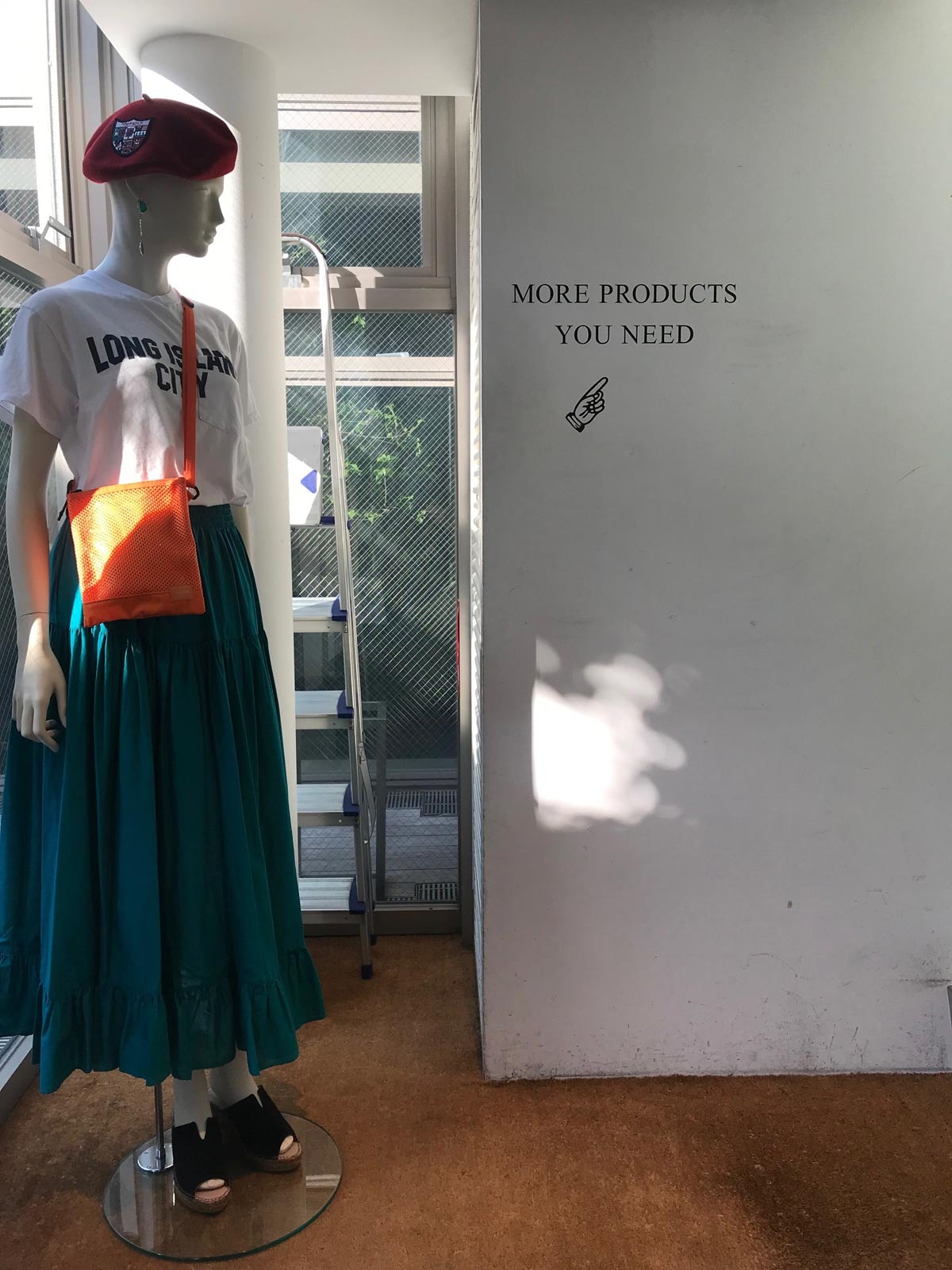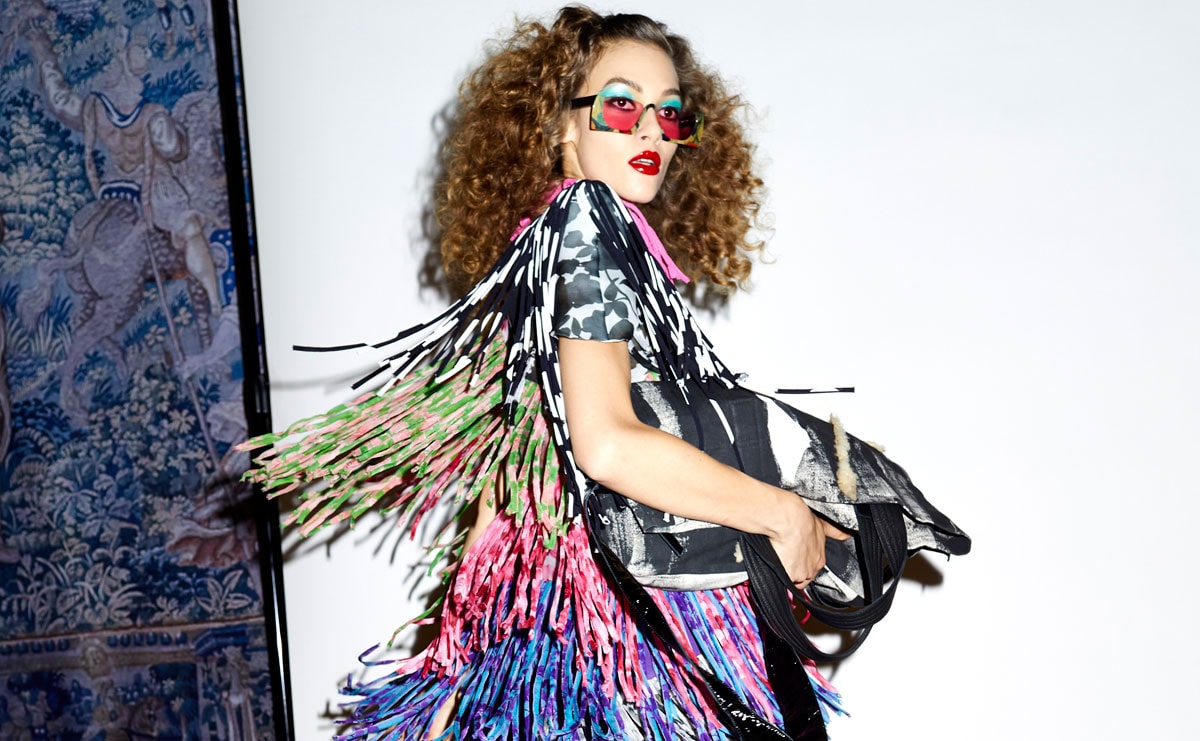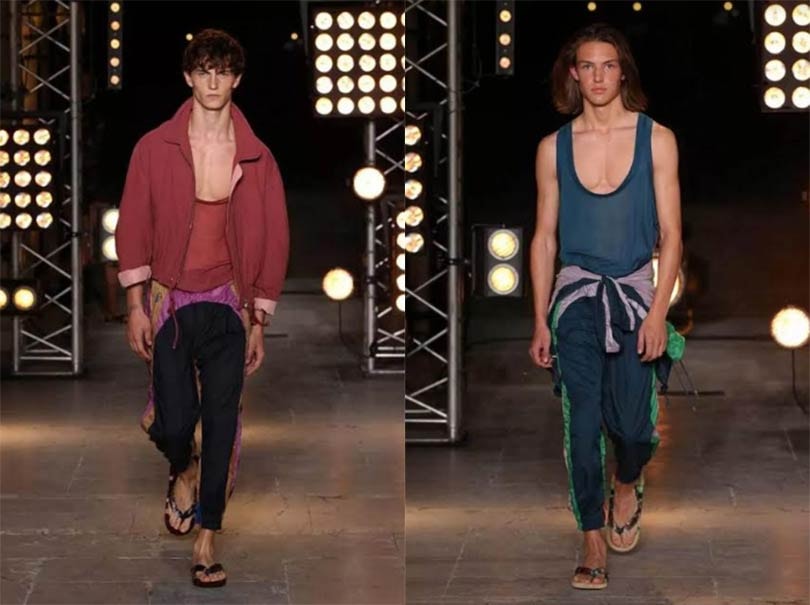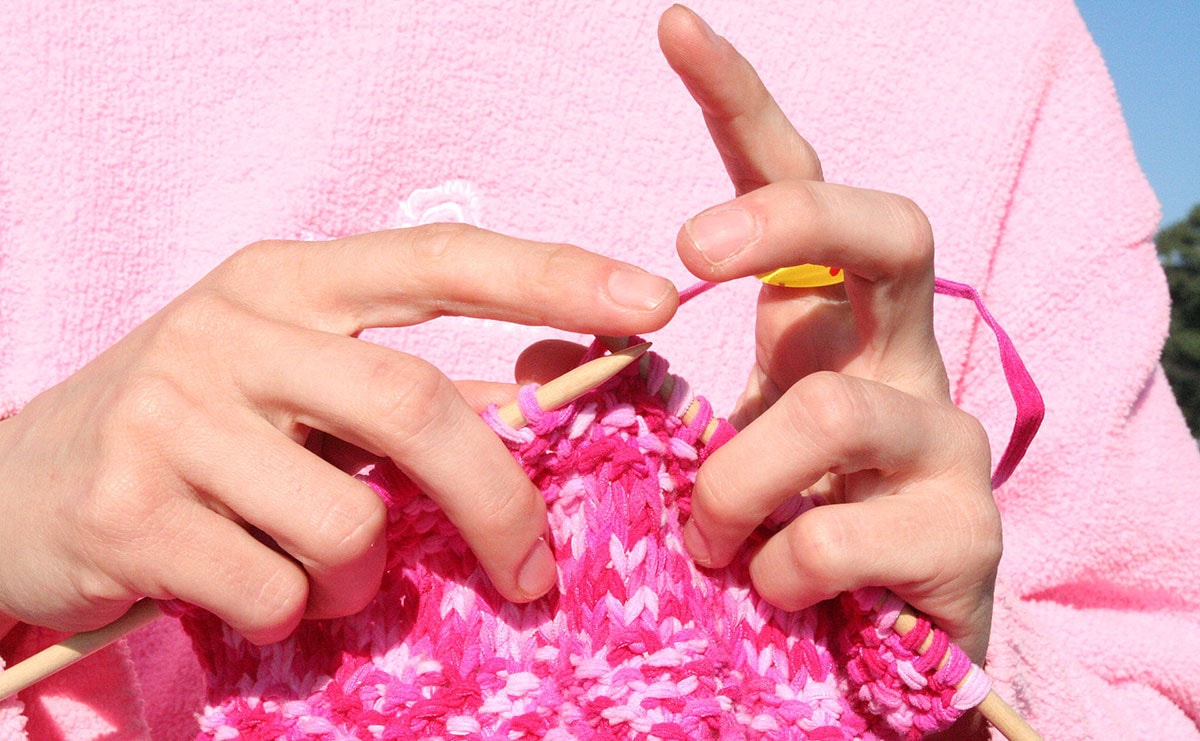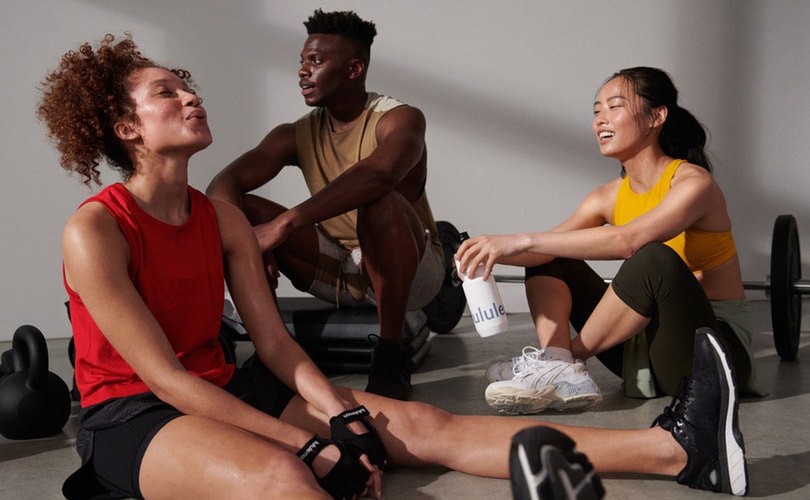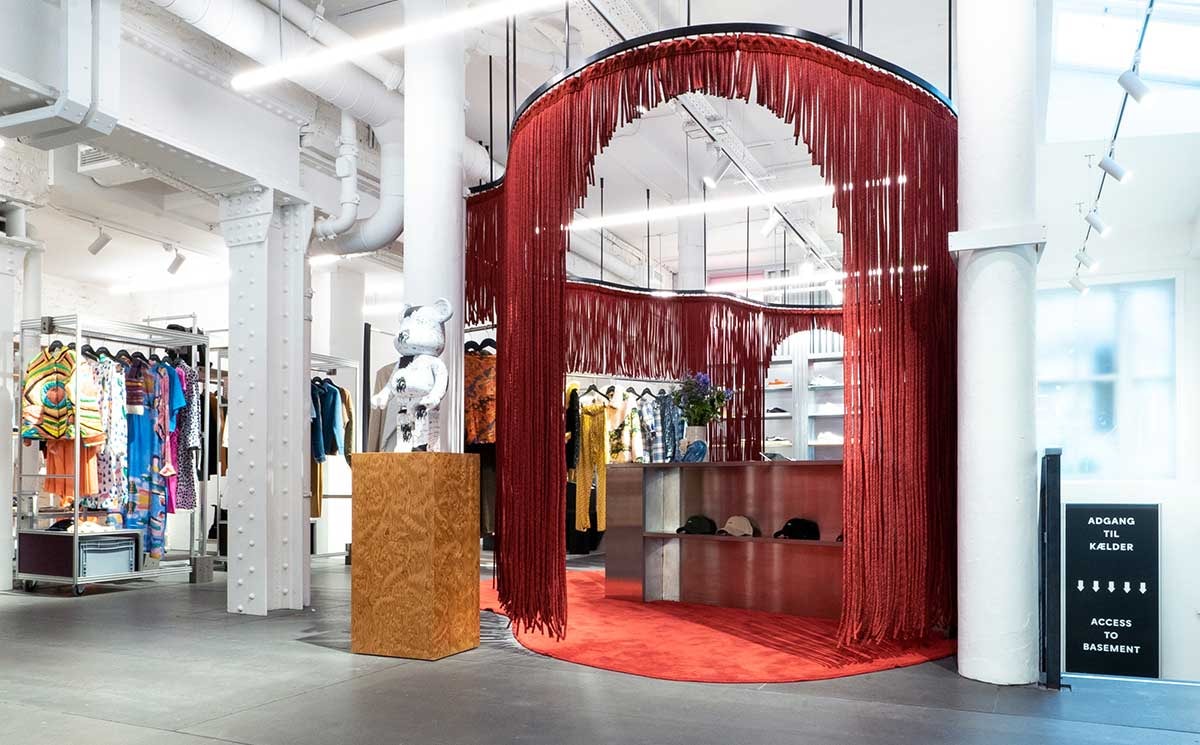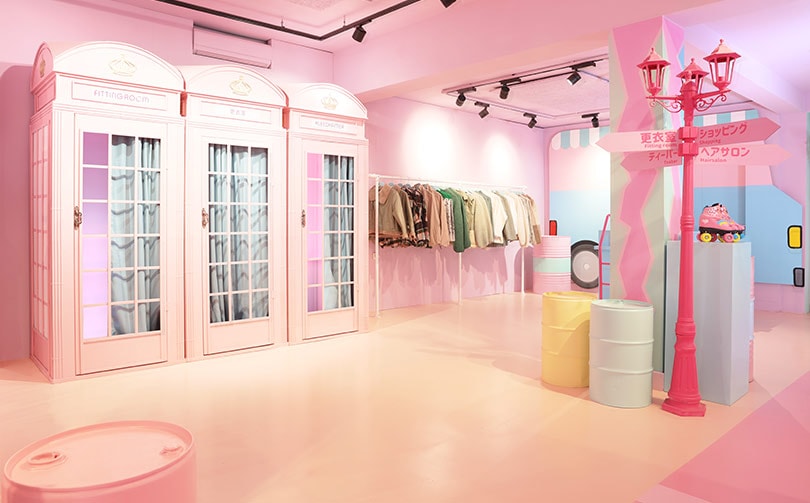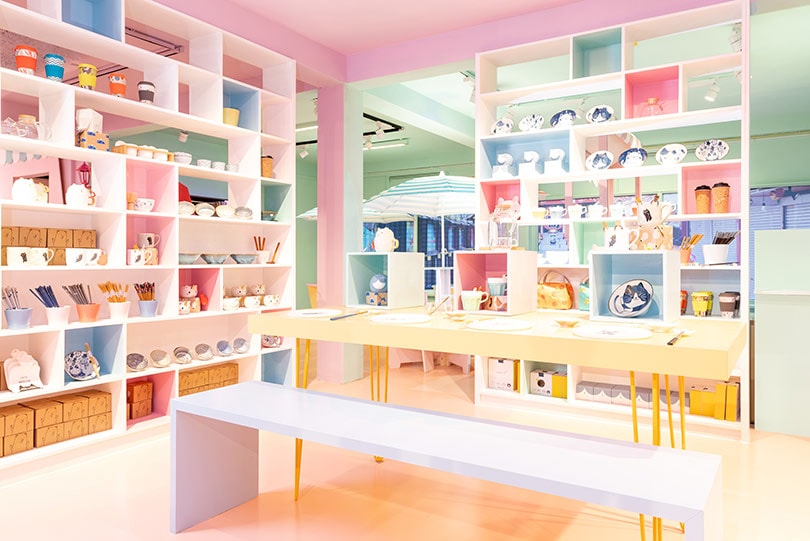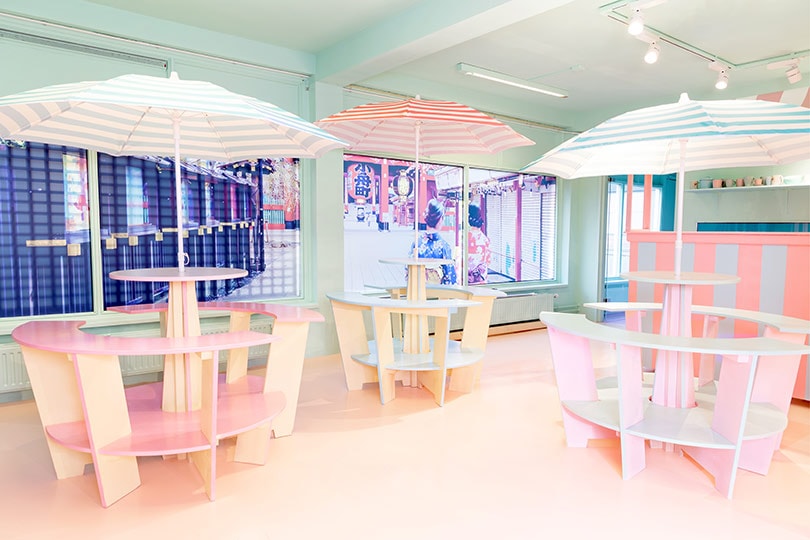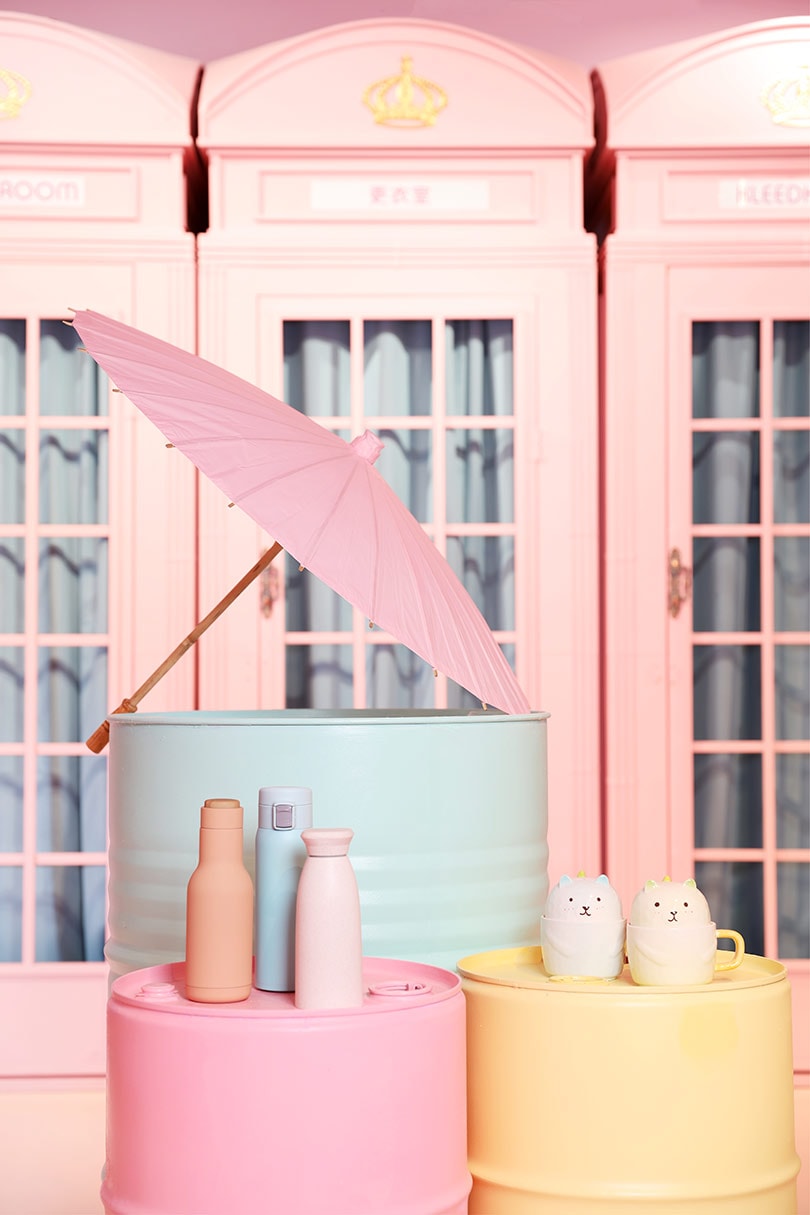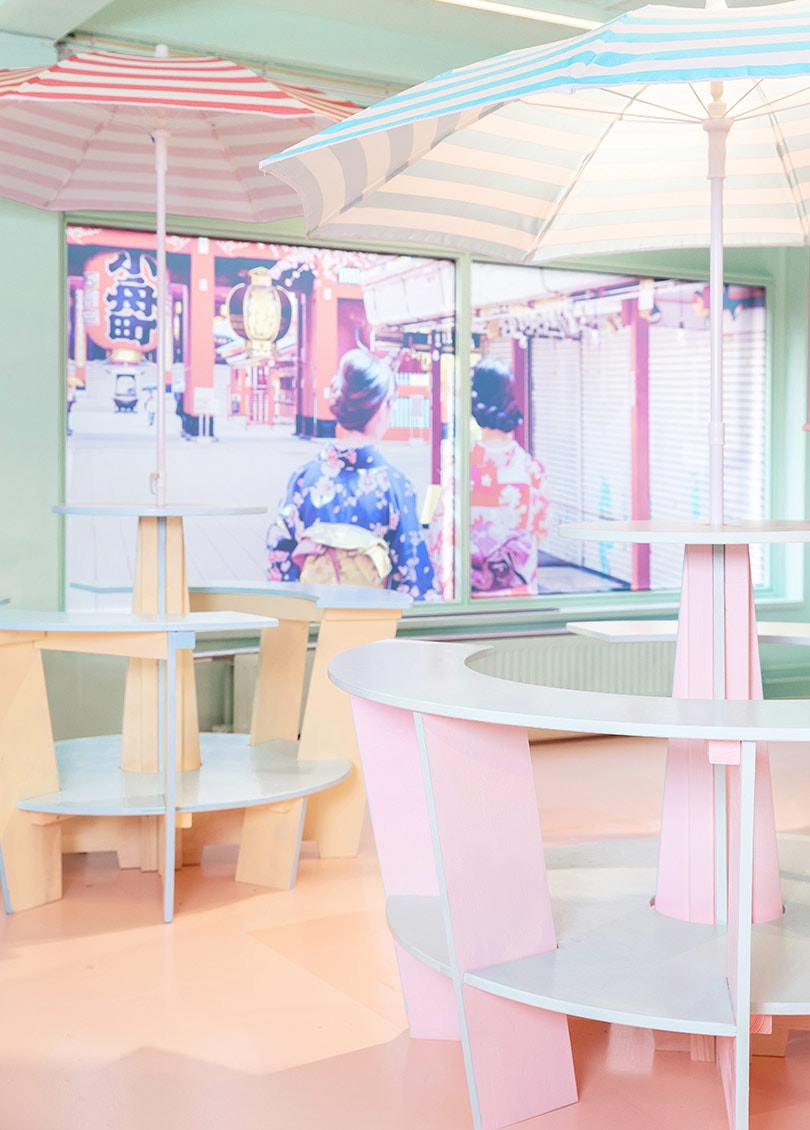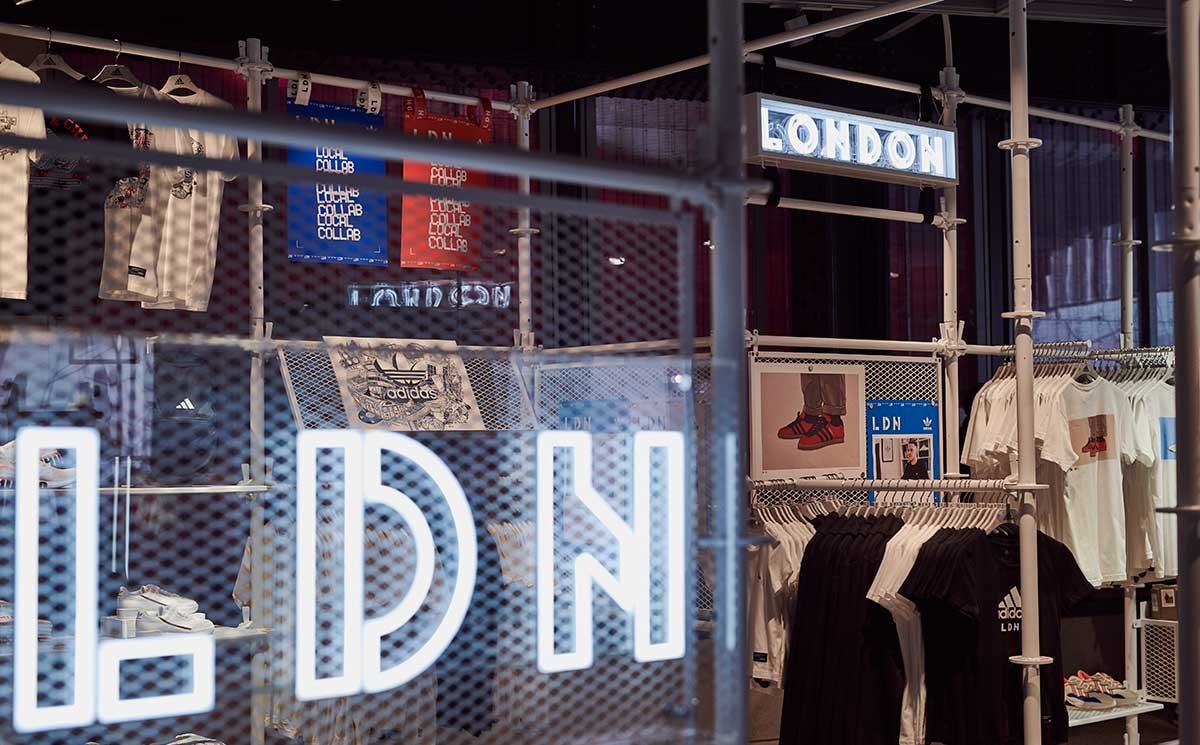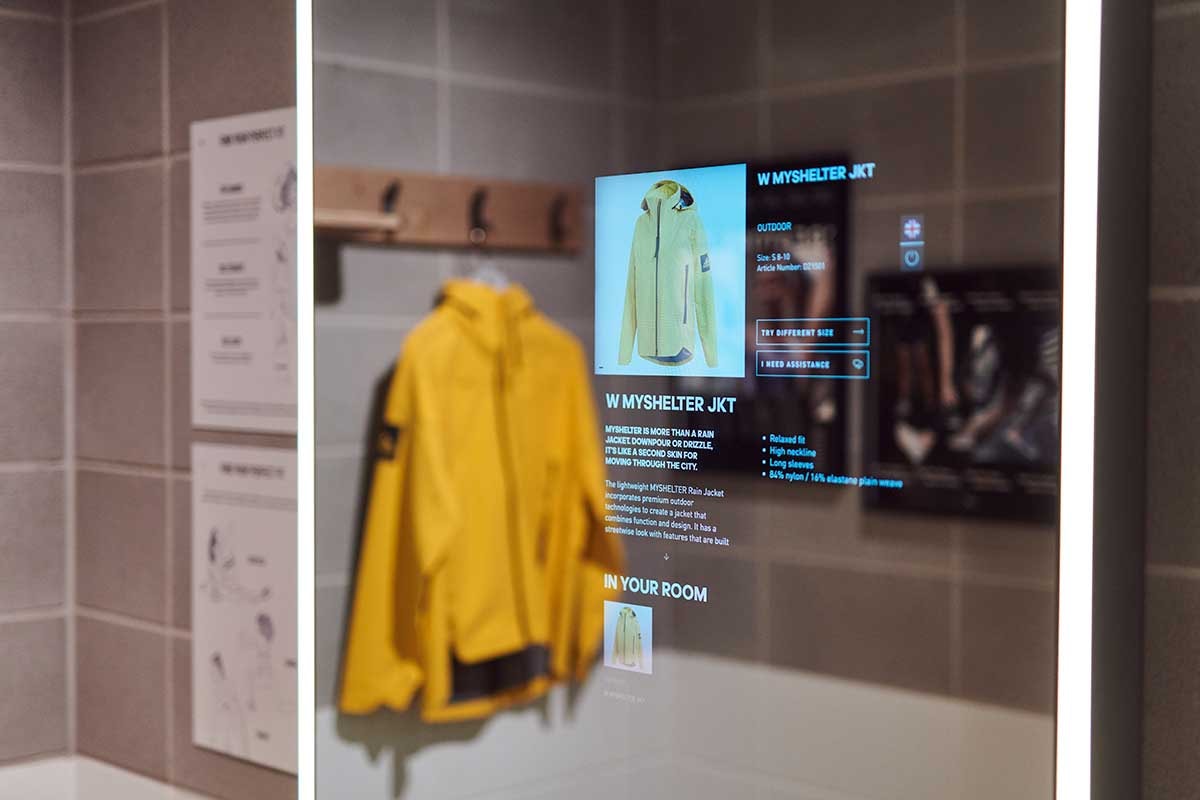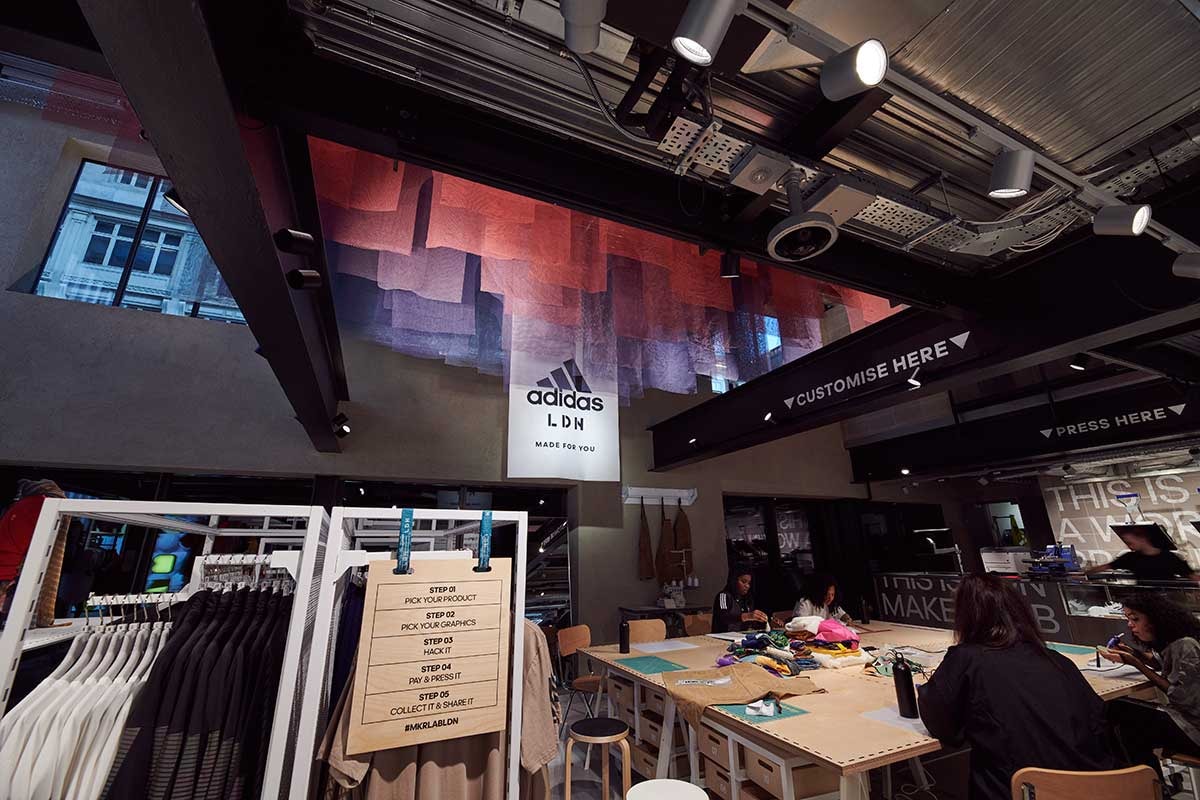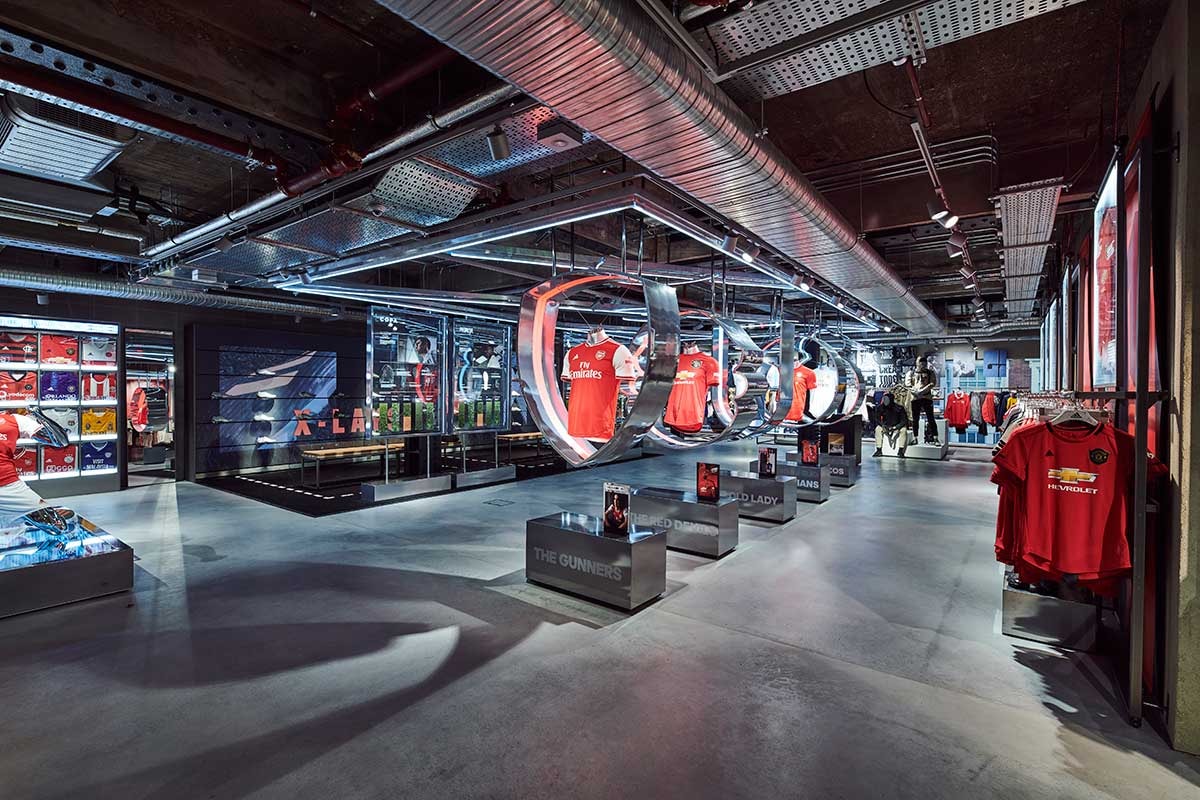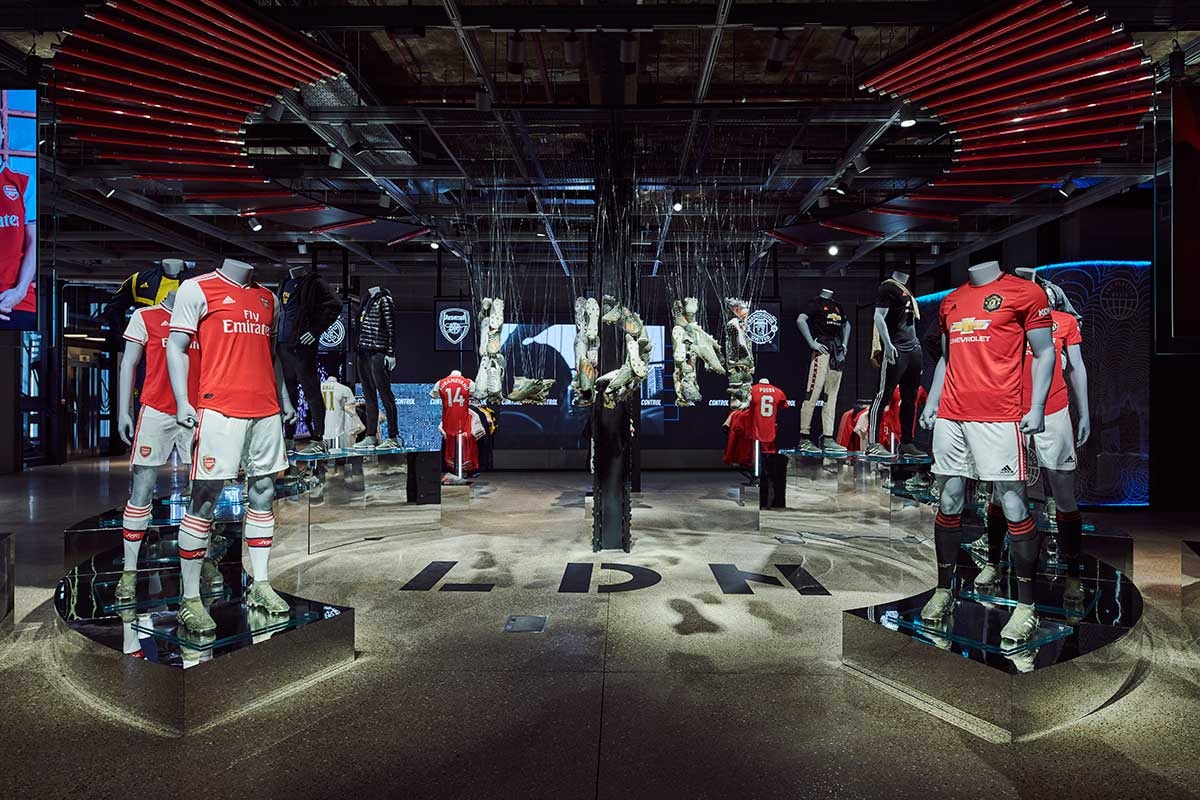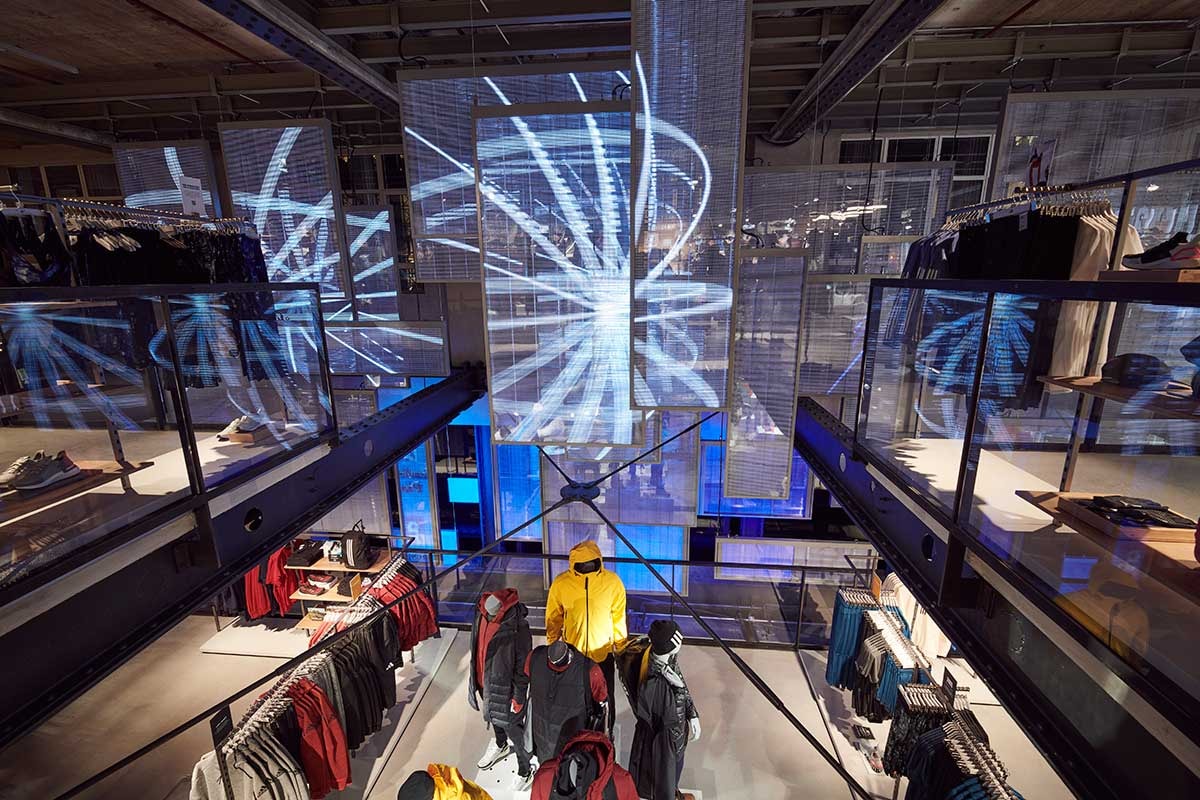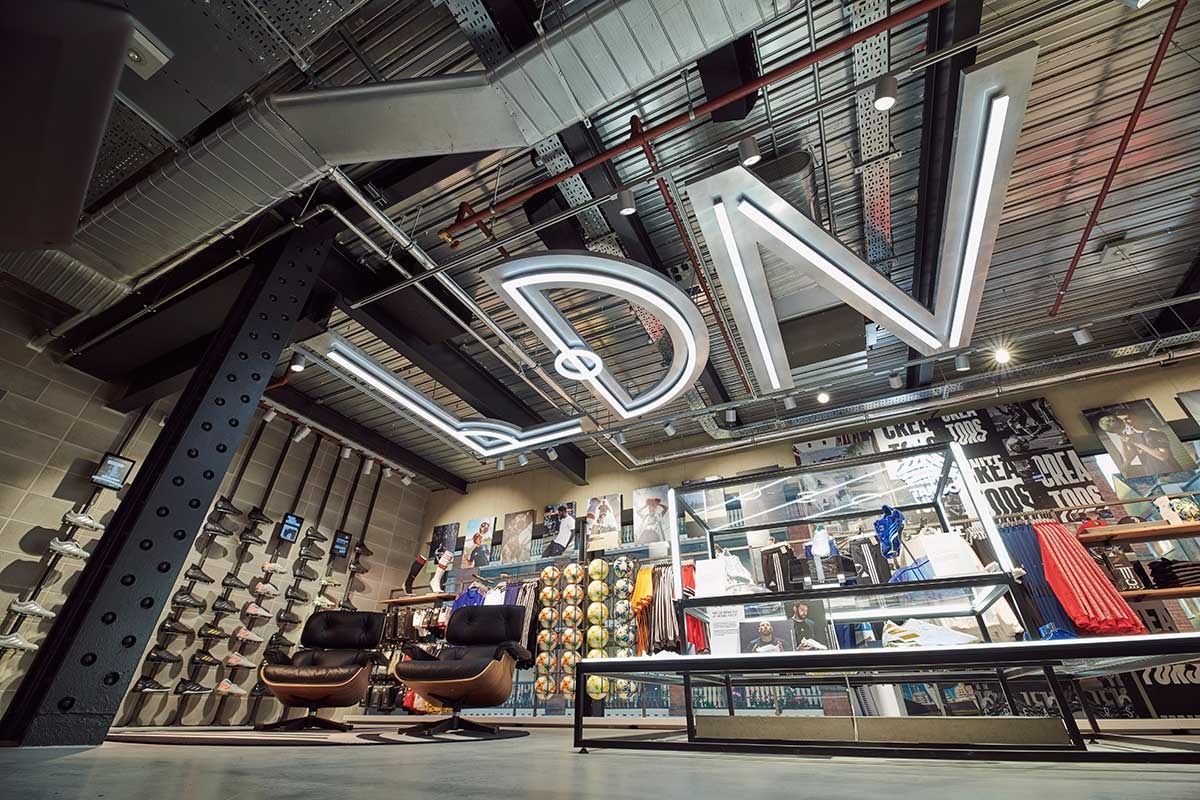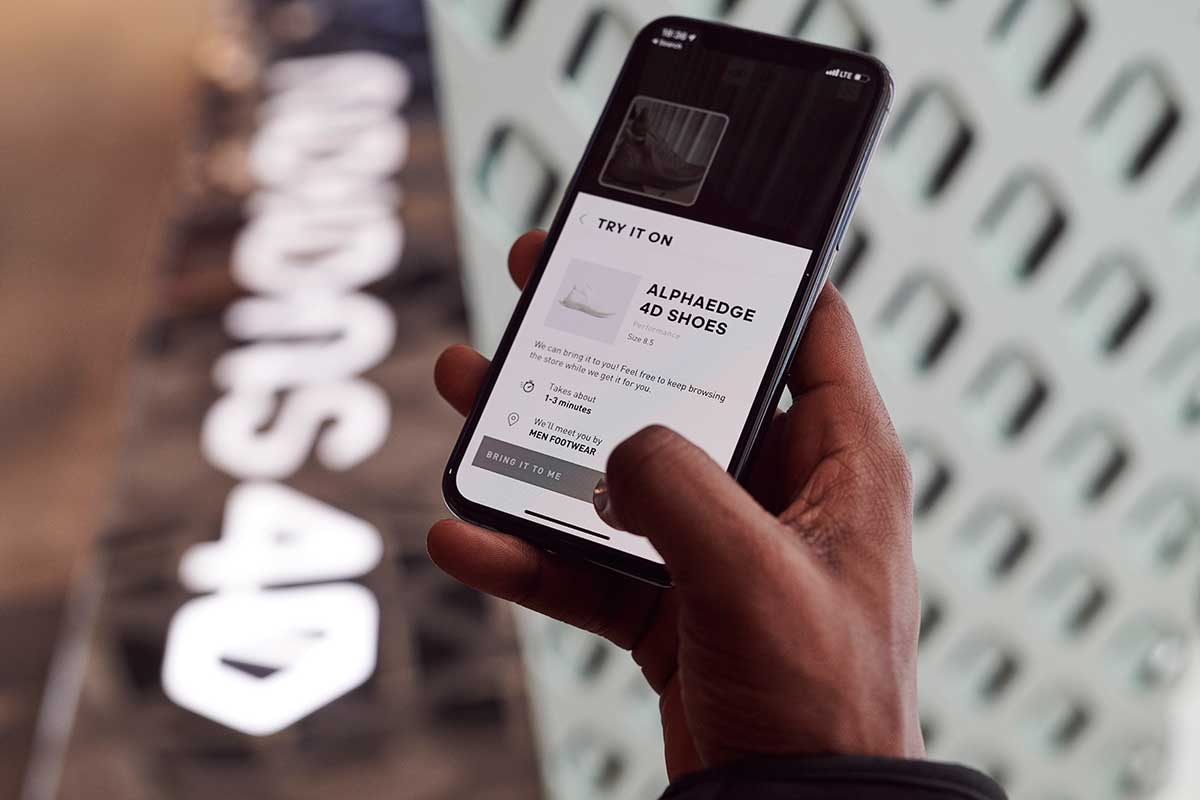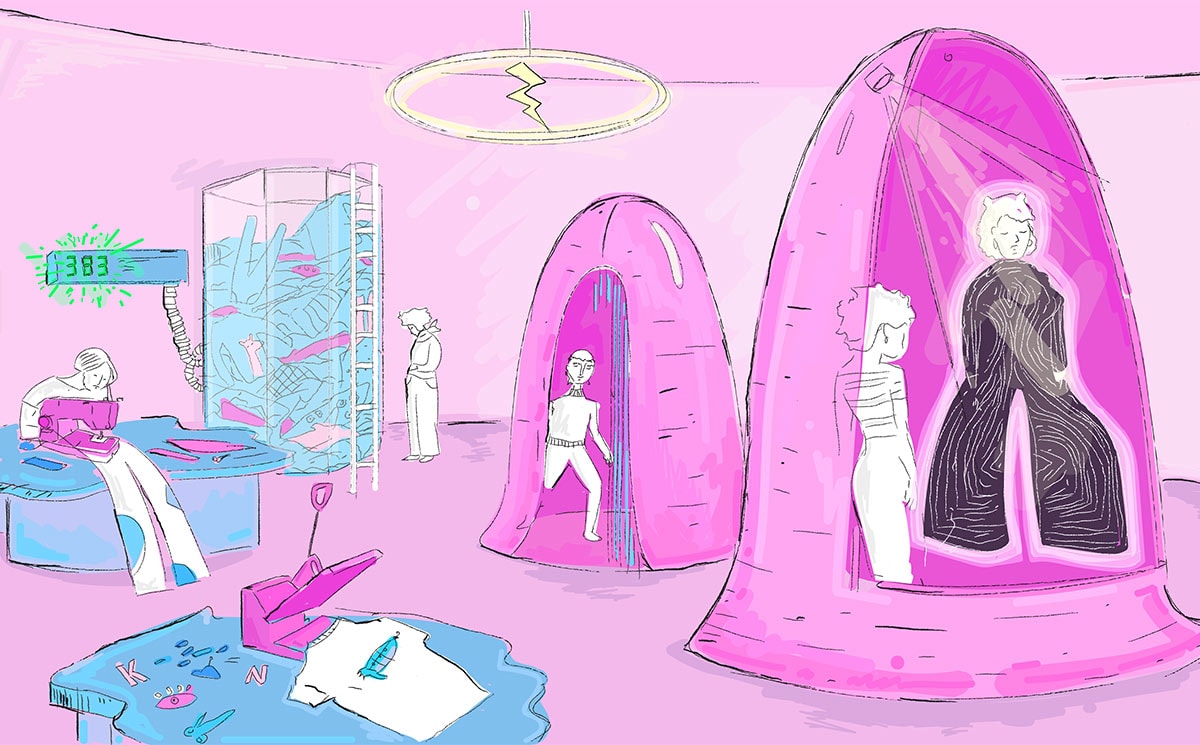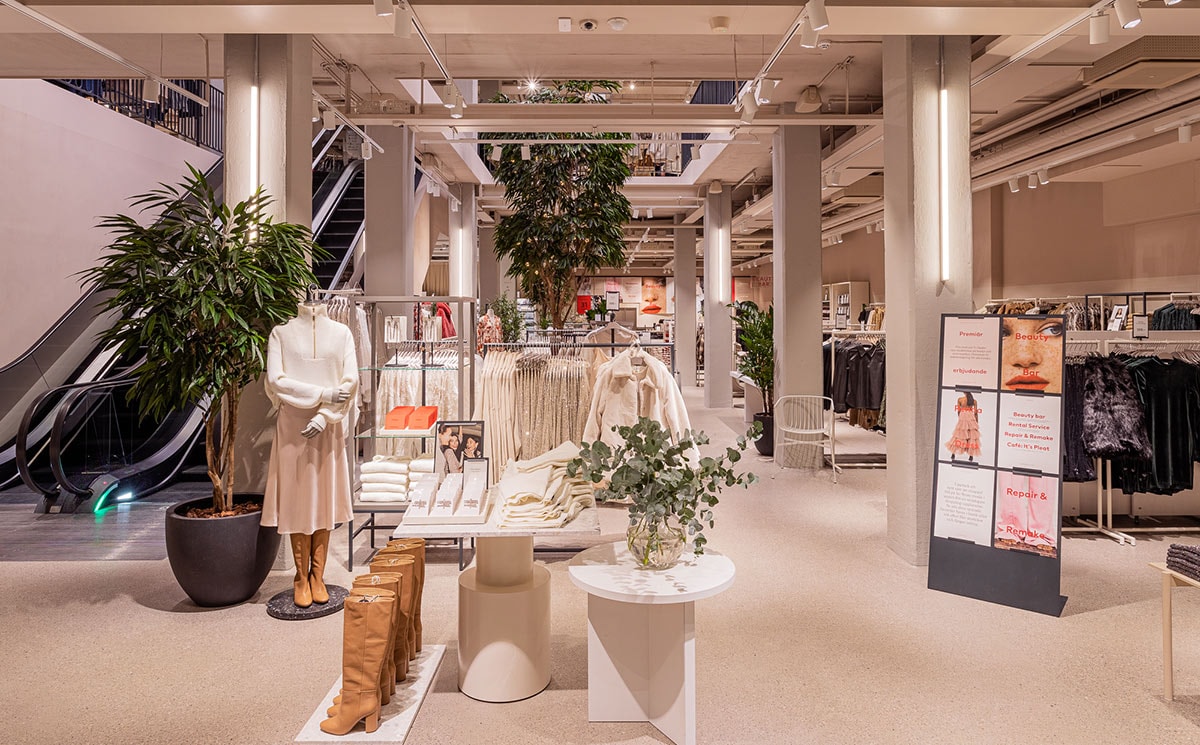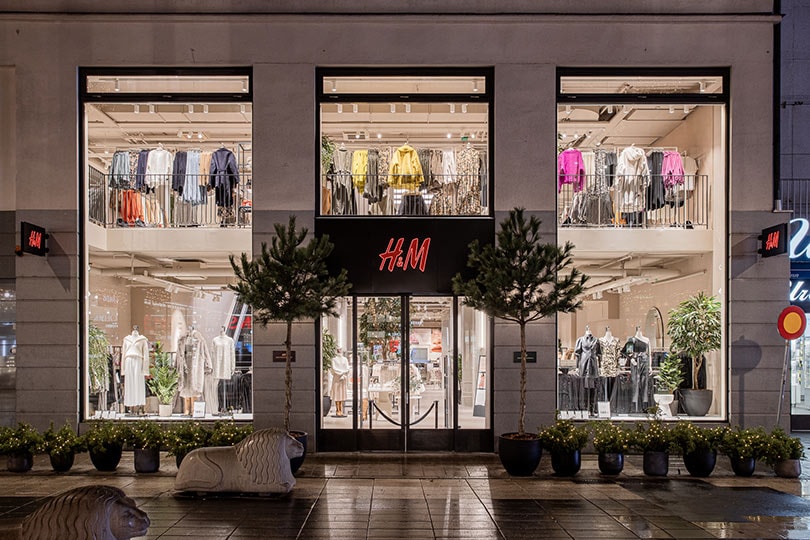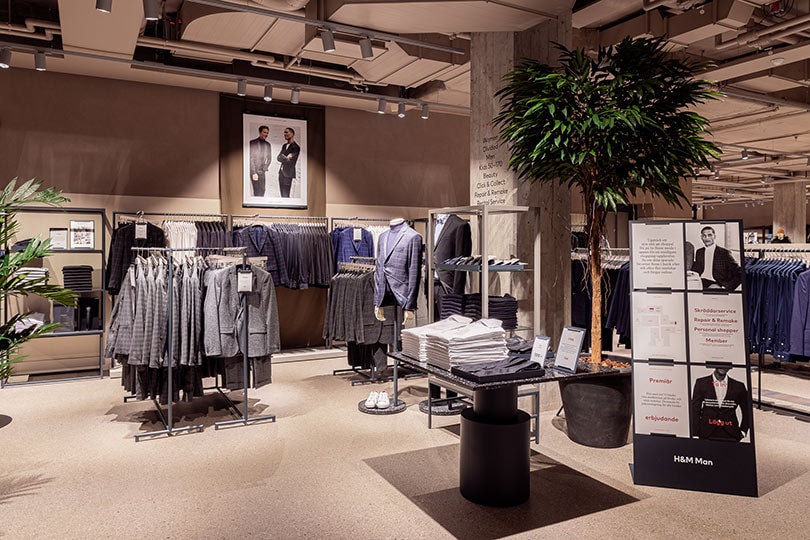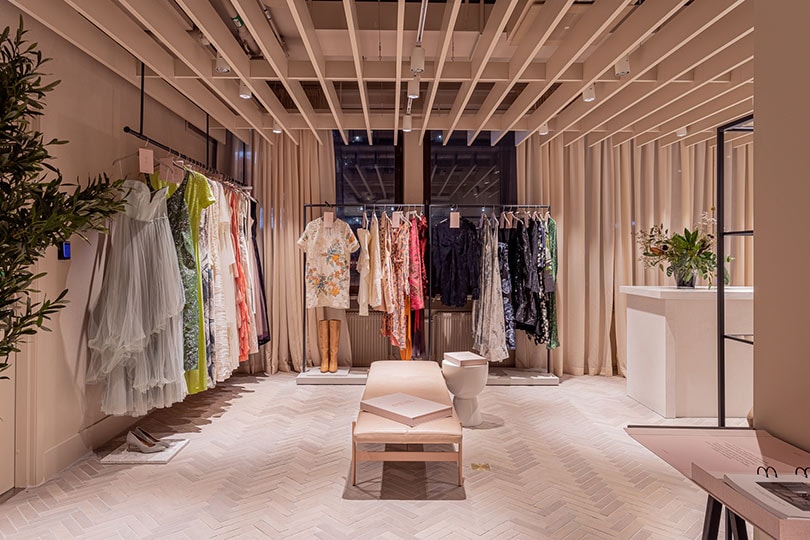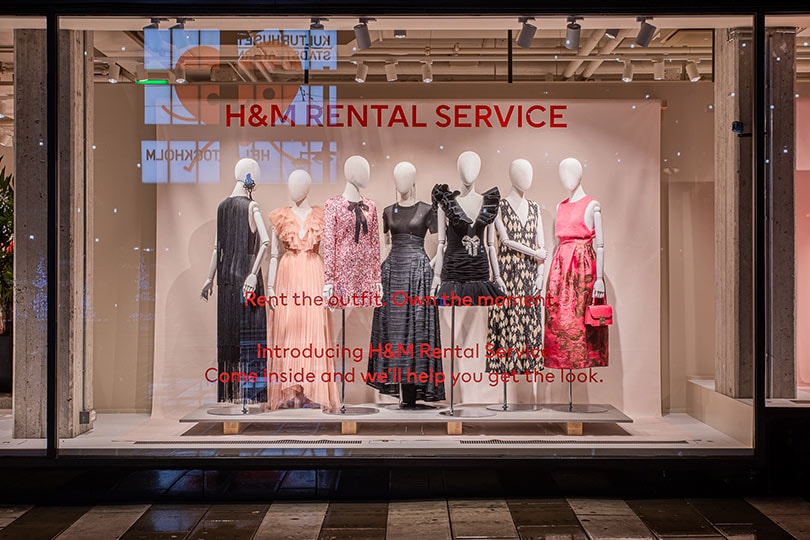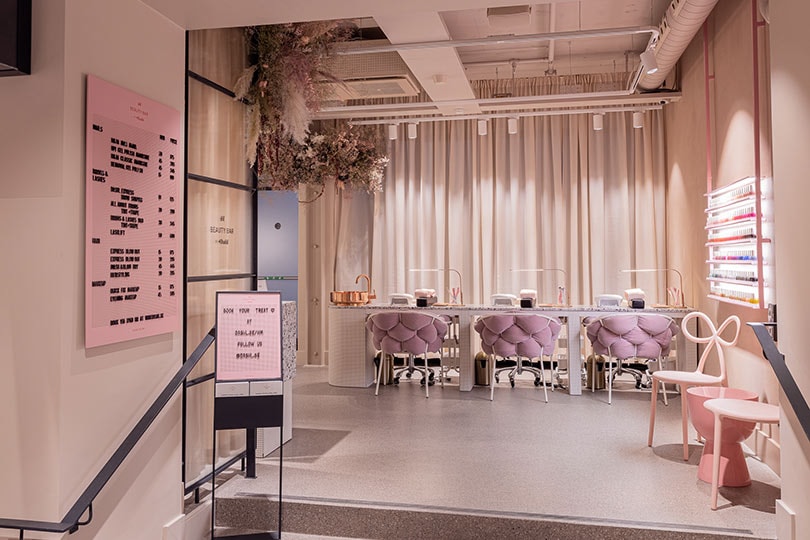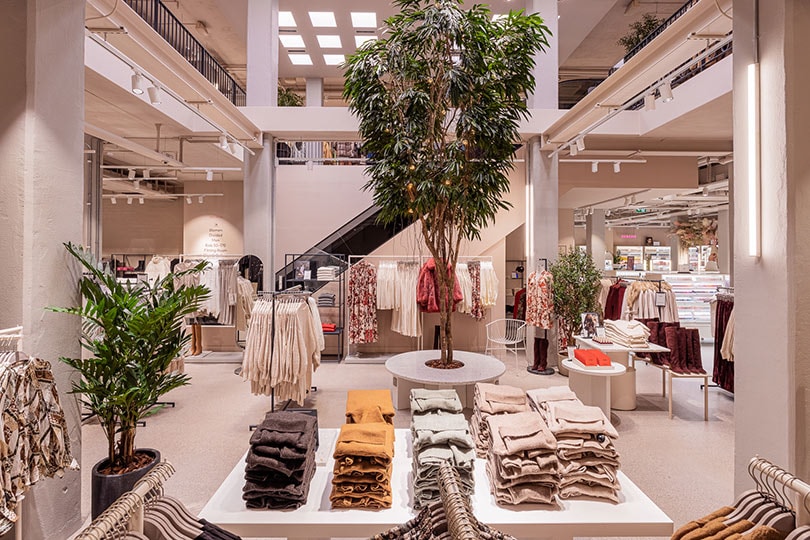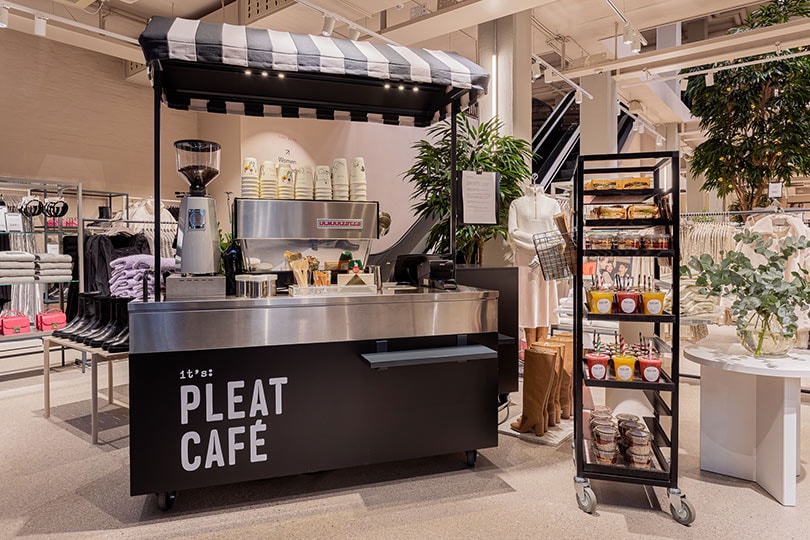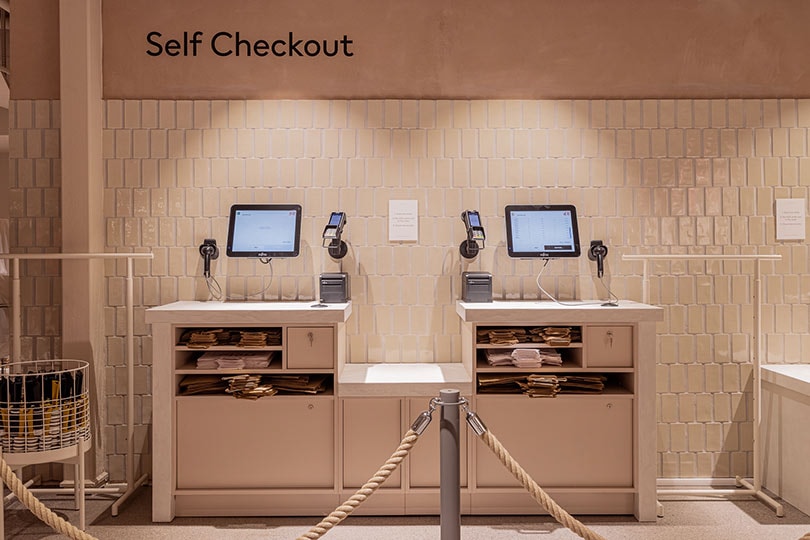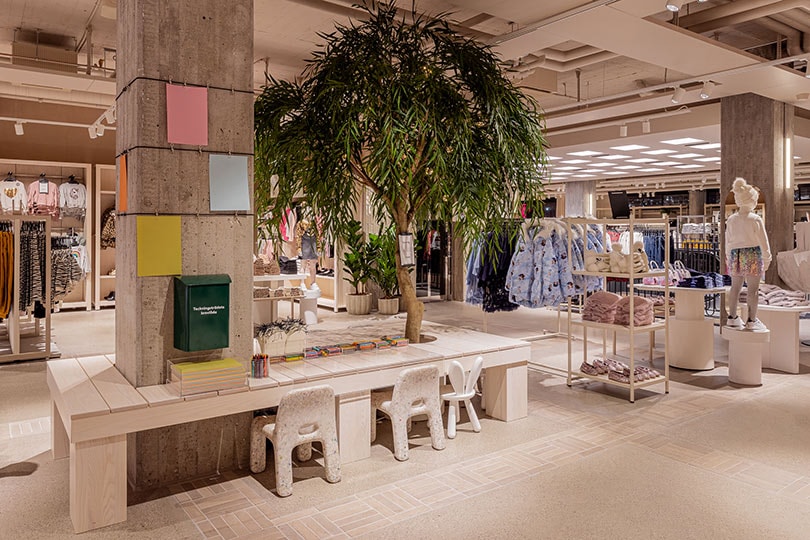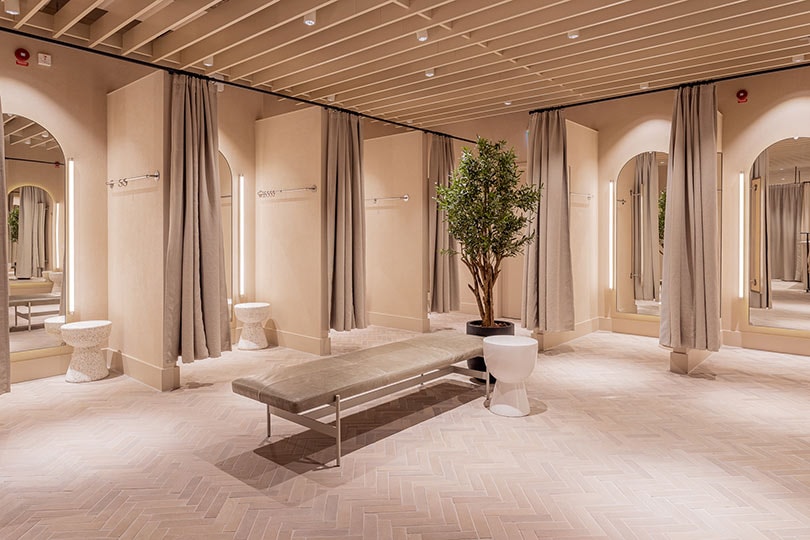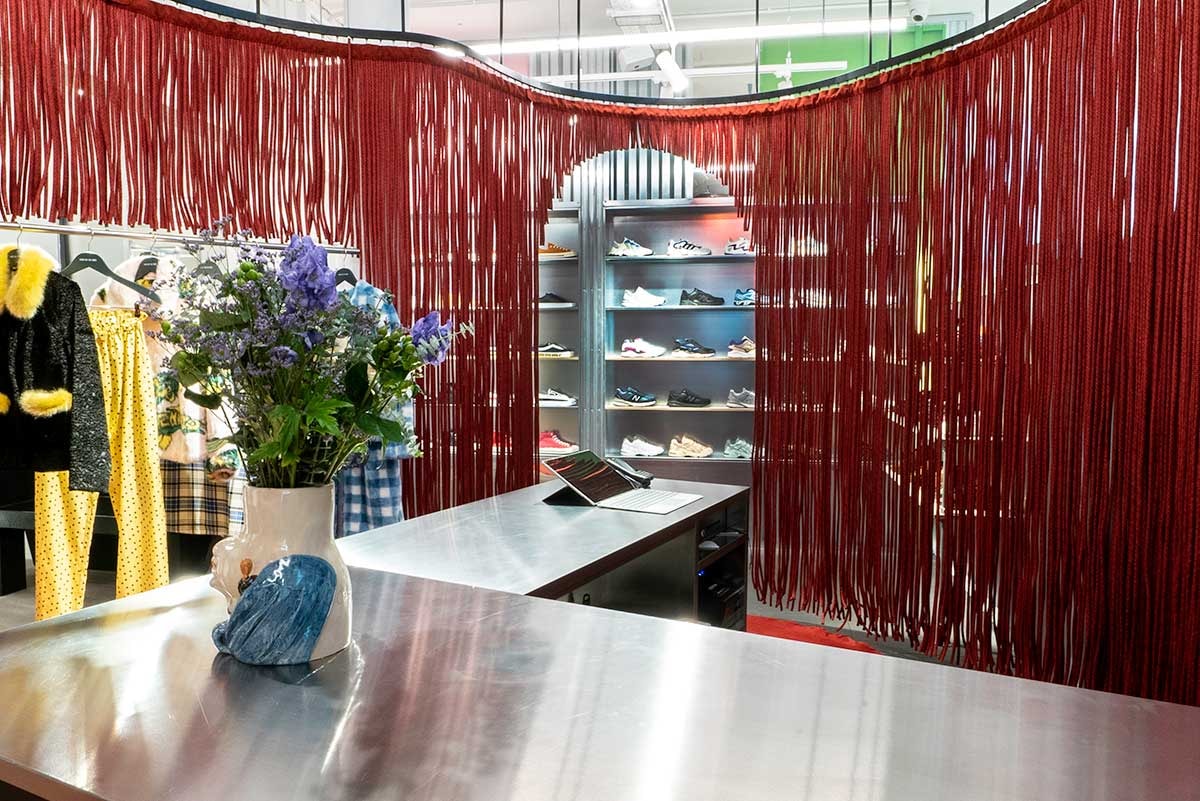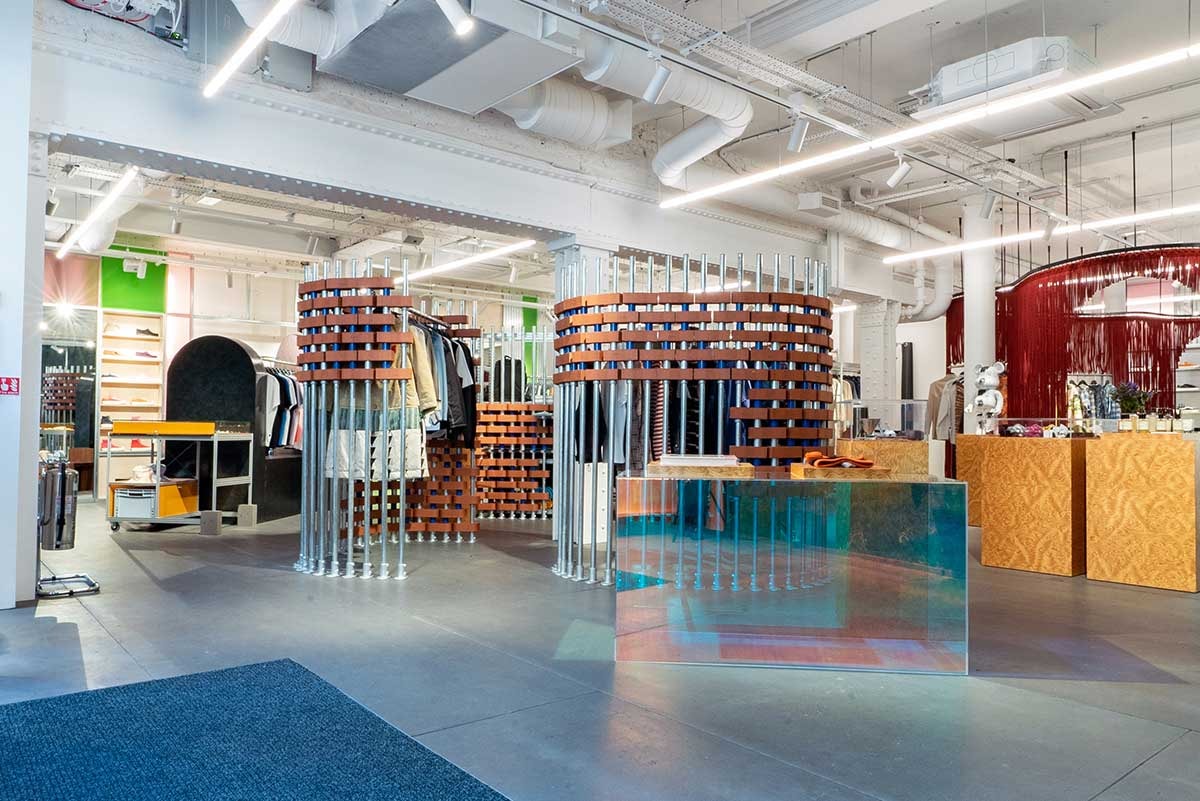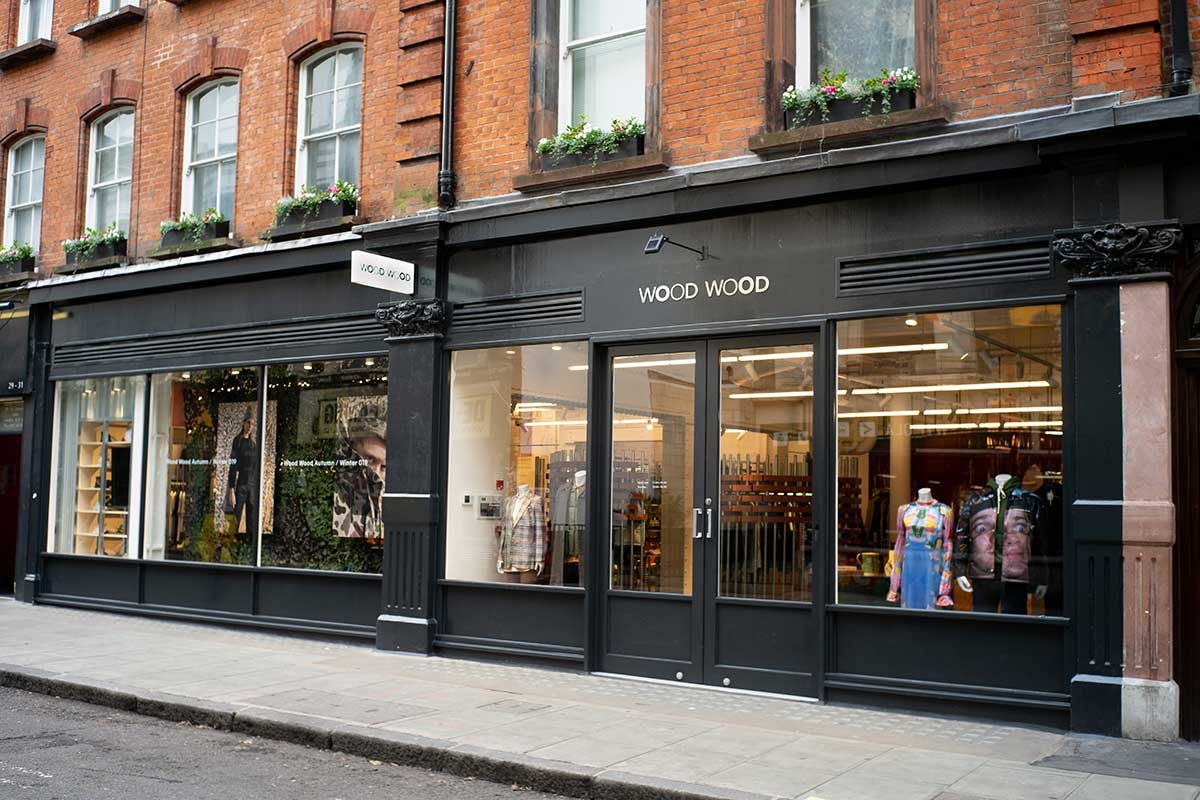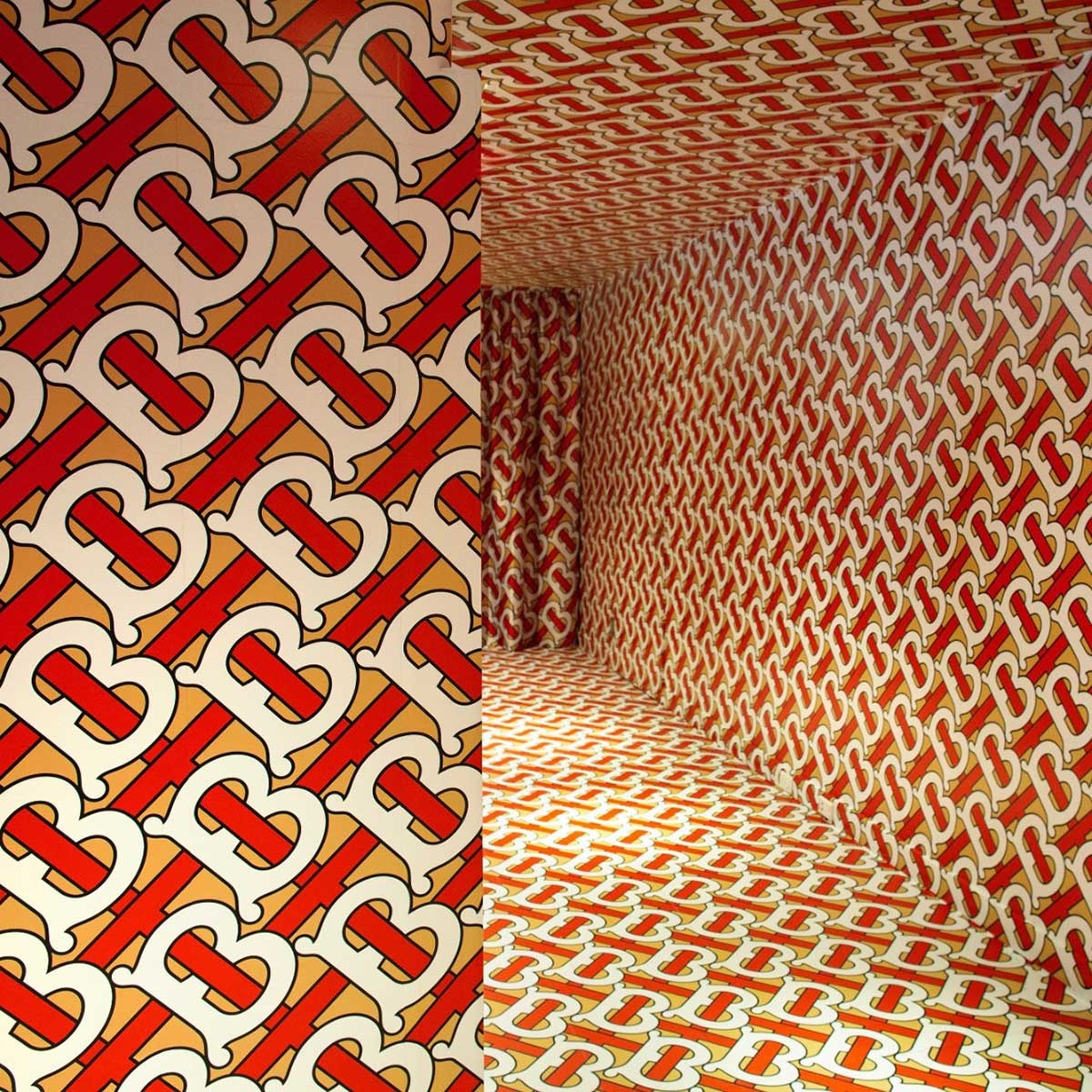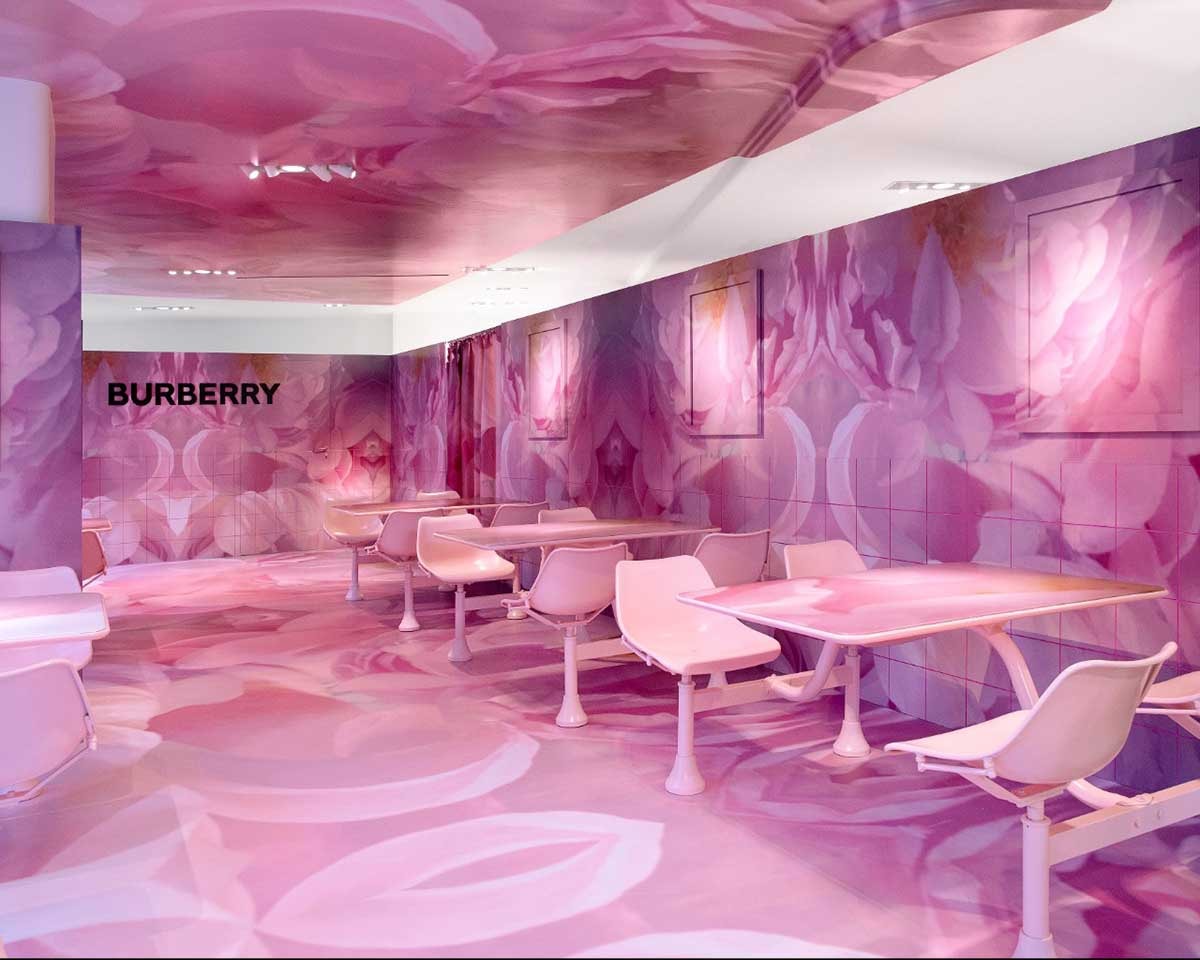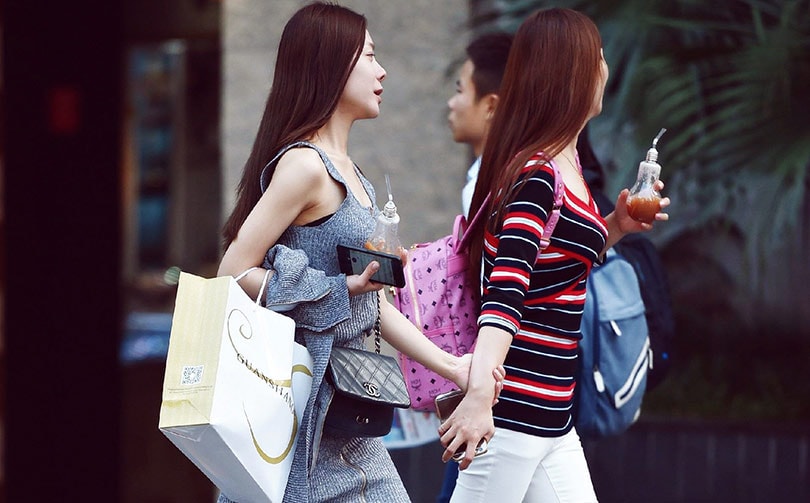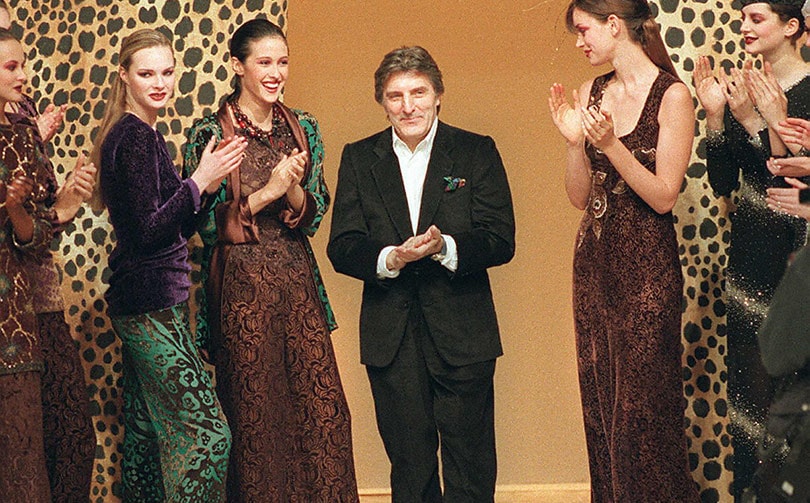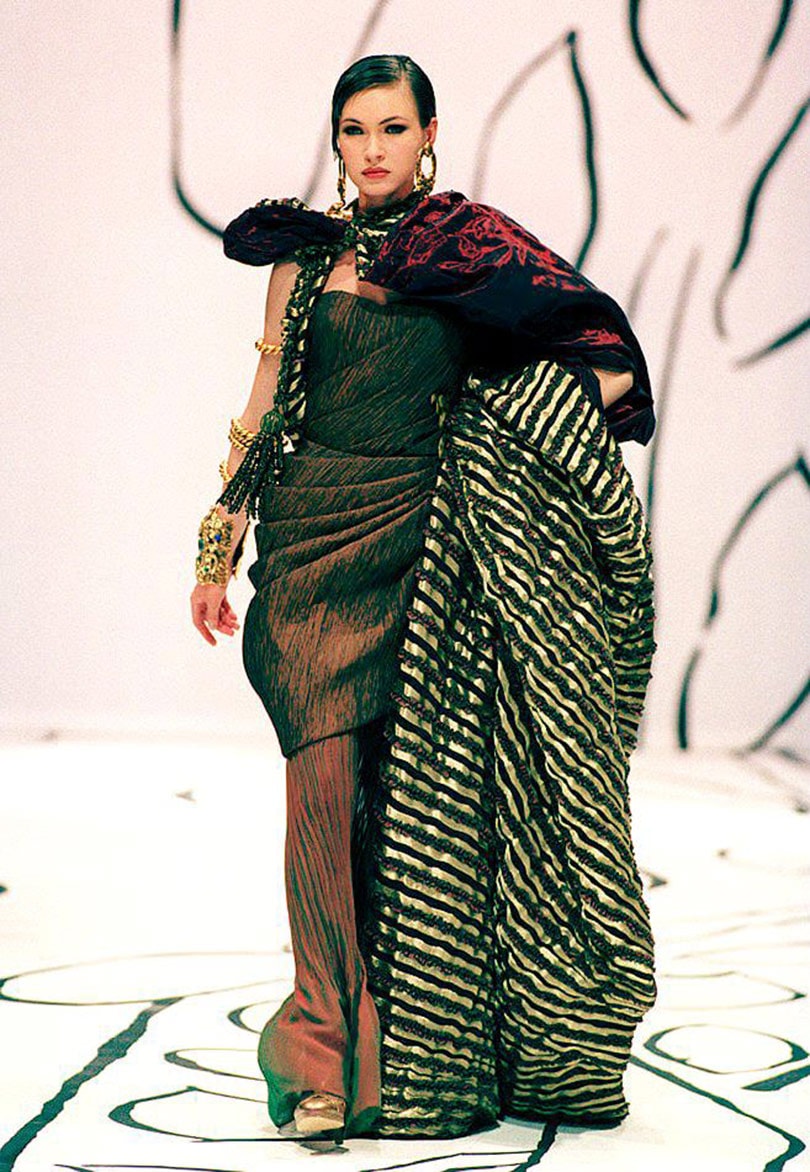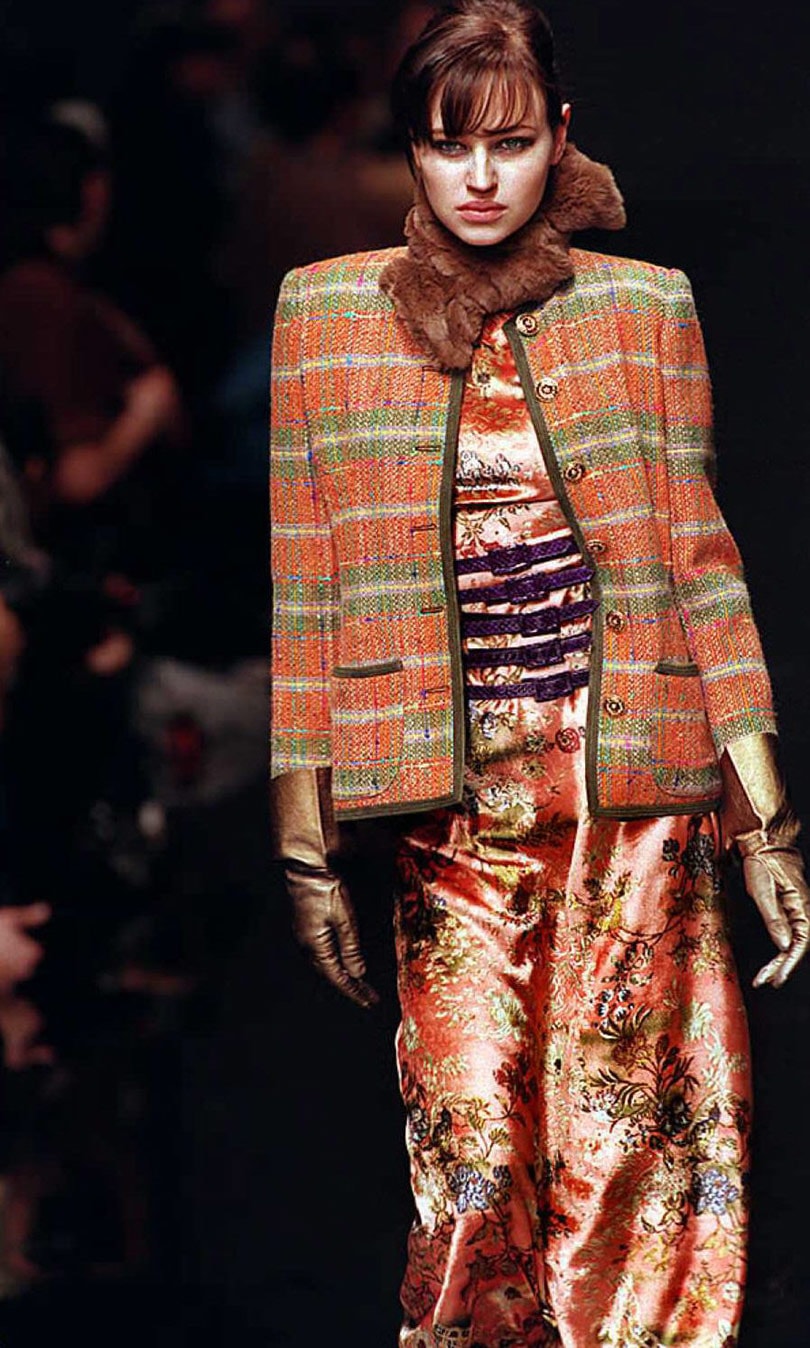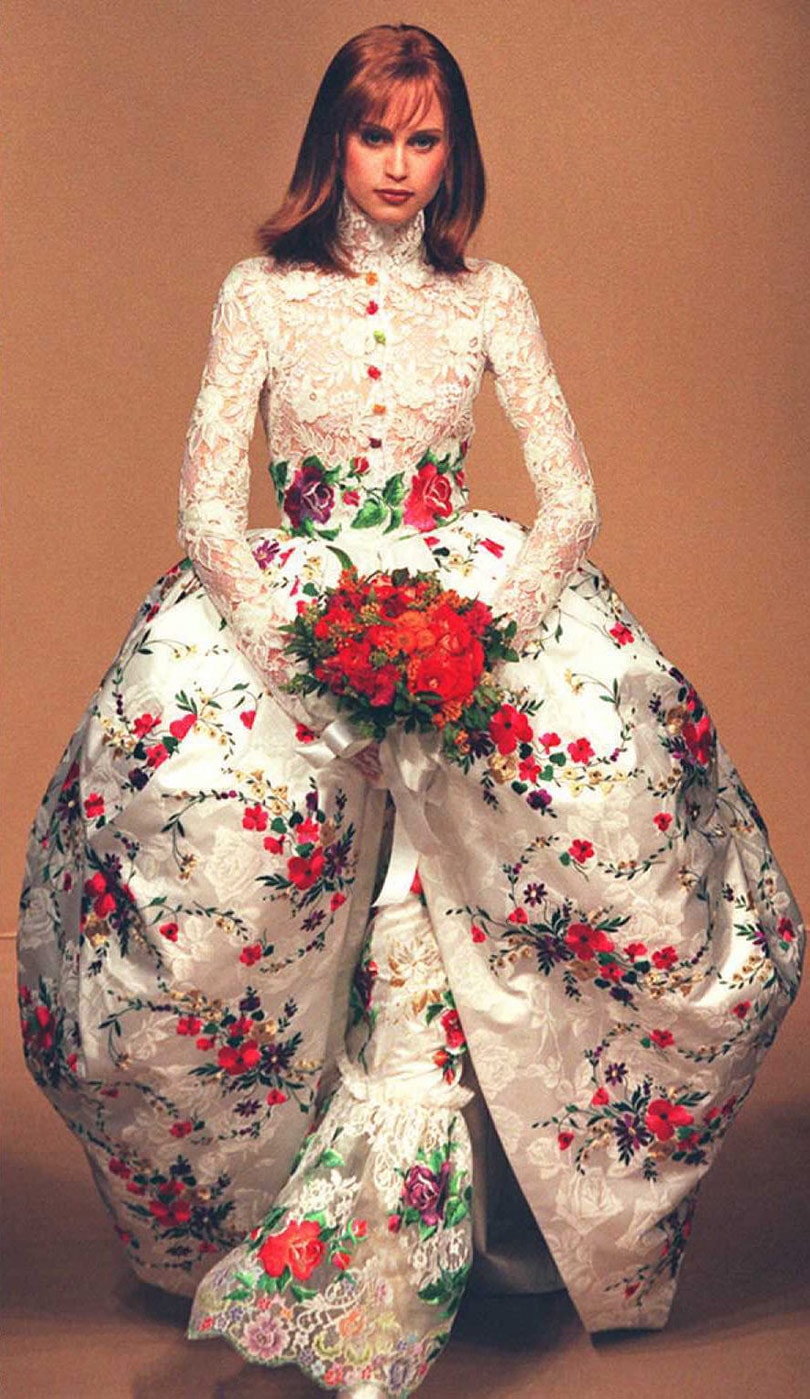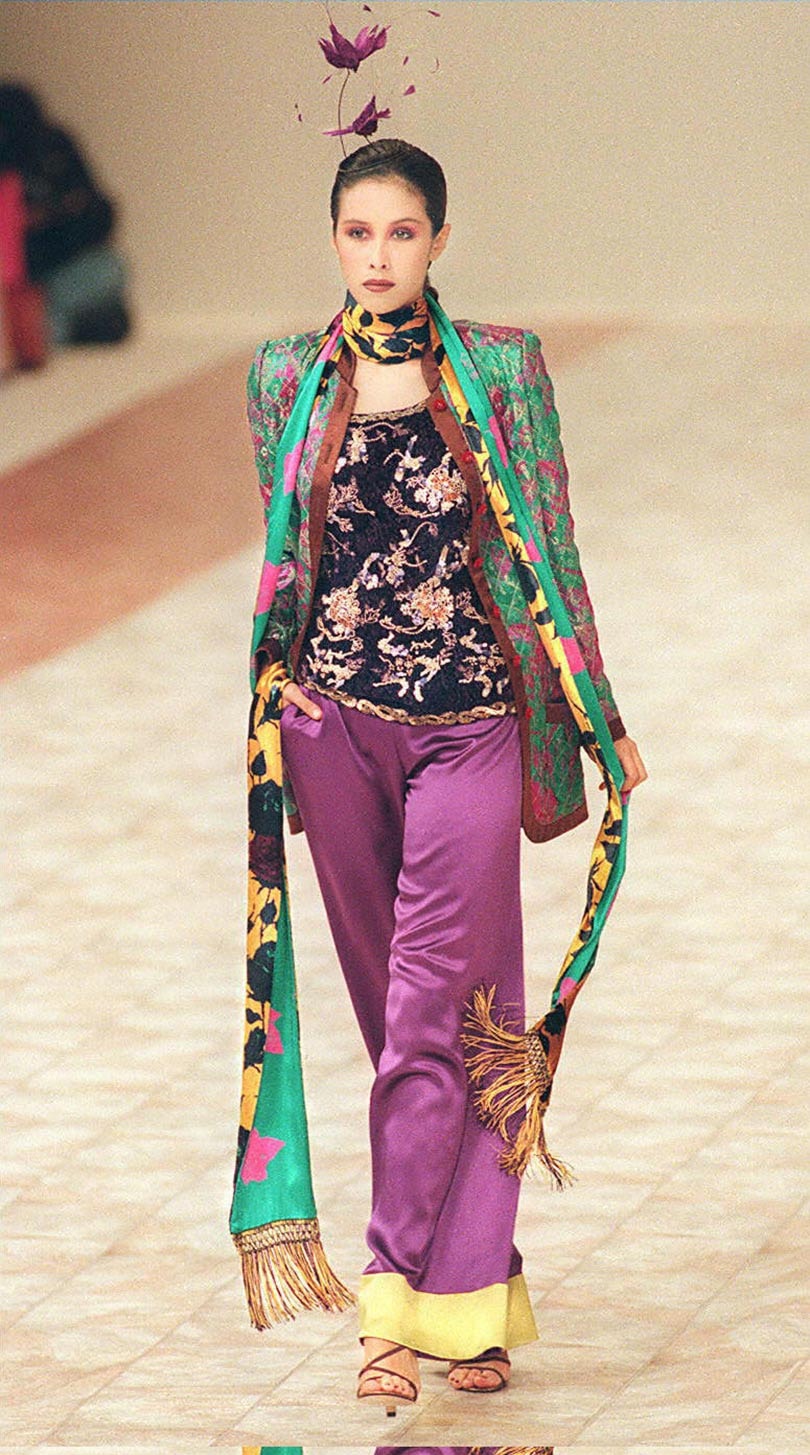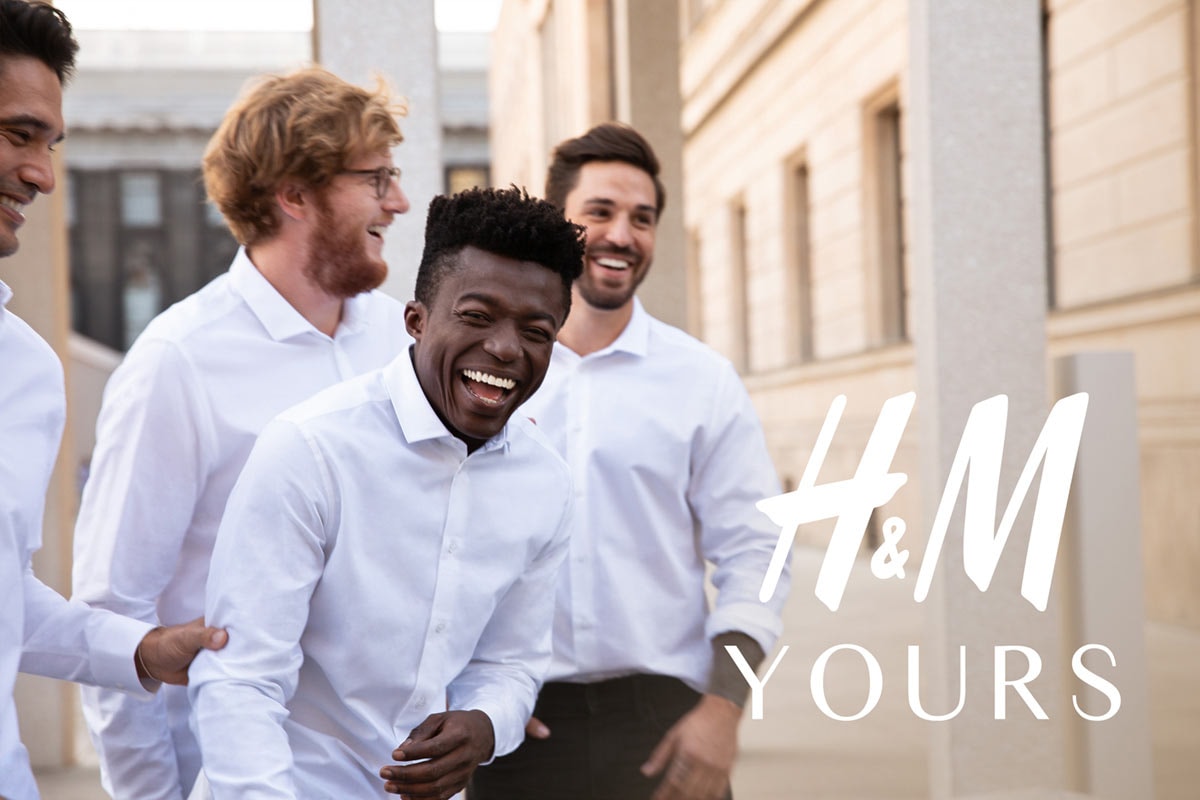
Undoubtedly one of the most surprising marketing trends of 2019: Autonomous Sensory Meridian Response, ASMR for short. ASMR describes the tingling, tingling skin sensation - a bit like goose bumps - that is a reaction to certain audio and visual effects. Think, for example, of images of slow and monotonous actions such as eating, fine painting (think: Bob Ross) or brushing hair, with accompanying smacking, crackling or tapping, and often accompanied by commentary on whispers.
The term ASMR was introduced in 2010, around the time ASMR took flight on YouTube. Over the past decade, the channel has been flooded with videos in which self-proclaimed 'ASMRtists' such as SAS ASMR (7.84 million subscribers), Gentle Whispering (1.76 million subscribers) and Heather Feather (500,000 subscribers) spend minutes cutting hairs into a microphone, tapping phone covers or brushing their hands with make-up brushes. A video by SAS ASMR, in which the YouTube YouTube is tantalizingly slow to bite into pieces of sticky honeycombs for twelve minutes, is the most watched ASMR clip on YouTube, with over 40 million views.
What makes ASMR so incredibly popular? Earlier this year, FashionUnited spoke to trend analyst Pernille Kok-Jensen about the love for ASMR that seems to cherish millennials and Gen Z, born between 1980 and 2010. Kok-Jensen believes that these generations suffer from an abundance of visual information. ASMR is relaxing for them because of its quiet pace and because it also appeals to other senses: the hearing and, indirectly, the sense of touch. Because of its great appeal to young people, Kok-Jensen predicts that ASMR will increasingly appear in marketing campaigns in the coming years.
Several international companies have already embraced the phenomenon. Famous is Ikea's ASMR campaign 'Oddly Ikea', in which a woman's hand touches all the elements of an Ikea student room for twenty-five minutes. In the background, a soft voice describes the structure of the linen sheets and the soothing effects that a modular wardrobe can have. In addition to food and interior design, clothing is also ideal for creating ASMR campaigns. In 2014, Cos made the ASMR video "The Sound of Cos", in which two men in a studio provide Cos garments with sounds. The storage of a collar is imitated with the unfolding of umbrellas, the closing of press-studs with the snapping of bubble plastic.
Also in 2019, several major brands produced high-profile ASMR campaigns. FashionUnited selected the five most exciting examples.
February 2019: Givenchy
For the spring campaign of 2019 angled luxury fashion house Givenchy photographer Steven Meisel inside. Under the direction of head designer Clare Waight Keller, he created the campaign I Am Your Mirror, in which Givenchy models slowly eat juicy apples,
Squeeze grapes under their pointed heels, slide metal chains through their hands and rub sensually on their leather Givenchy accessories. The campaign video caught on, with Givenchy launched a competition in April for new ASMR talent to work with Givenchy in the future.
March 2019: Liam Hodges
Perhaps the most bizarre ASMR campaign comes from men's clothing brand Liam Hodges. In the spring of 2019, this brand presented a capsule collection consisting of a pair of trousers, shirt and T-shirt, each printed with a large red lobster and the text 'Come & Enjoy!'. So said, so done: the campaign video shows a man, dressed in Liam Hodges' shirt, crunching and smacking for a good minute, feasting on a yolk of a lobster.
July 2019: Gucci
In July this year, Gucci presented the second edition of the #24HourAce campaign, for which the brand invites several artists to create audiovisual work around the Ace tennis sneaker, which is then published on the brand's social media pages within 24 hours. This year's theme of #24HourAce was ASMR. The result are movies of Ace sneakers attached to ticking metronomes, a 'wet unboxing video', lucid 3D animations of Ace sneakers being sliced and a movie in which an Ace sneaker with the nose is pushed into a colourful slimeball.
September 2019: Coach
American leather goods brand Coach tackled the classic: it presented the new bag line Coach Originals this autumn with a series of short Instagram films in which leather is cut out by hand, hands are gently stroked over a Coach bag, a bag is immersed in a tub of suds or a twist closure is gently clicked over. The caption invites the viewer to experience the bags multisensory: "See it, feel it, hear it: authentic American leather craftsmanship".
November 2019: Weather Gucci
Not quite fashionable, though, Gucci. Since 2018, the brand has its own 'osteria' in the centre of Florence that serves hamburgers as well as chic pastas. The citizens of the restaurant were featured on the Gucci instagram page in November with a series of videos in which different people, whether or not dressed in colourful Gucci outfits, bite into a Gucci burger. "Crackle. Bites. Slurp. Smack. Enjoy", is written in the caption.
This article was originally published on FashionUnited.NL, translated and edited by Kelly Press.
* This article was originally published here
